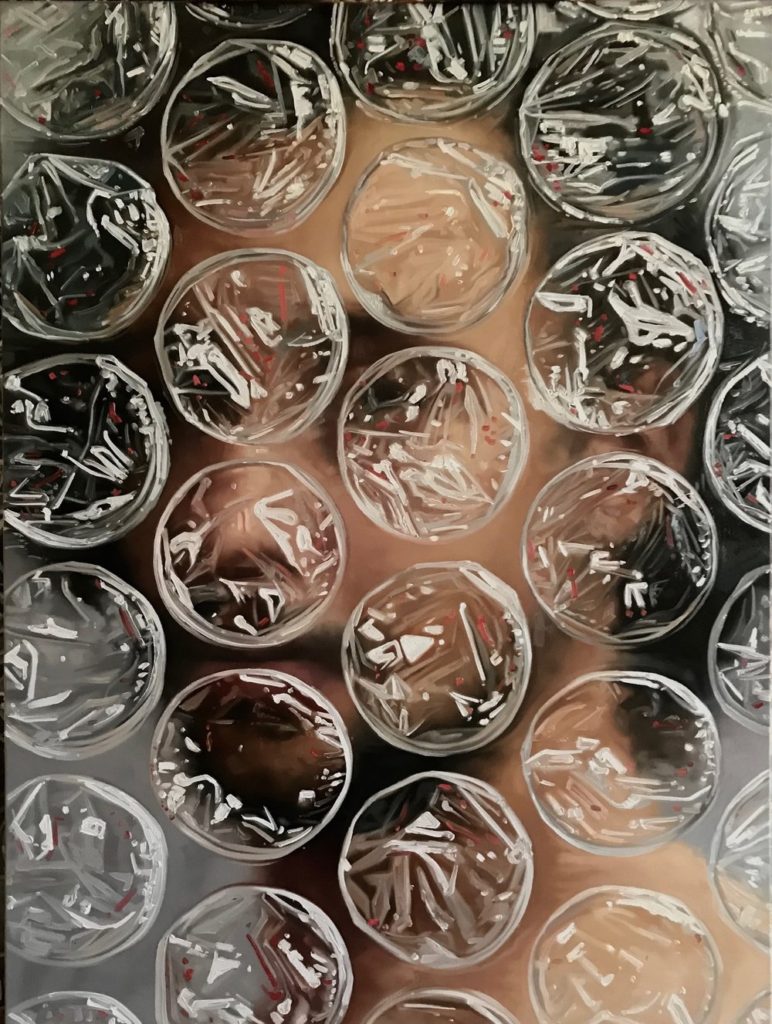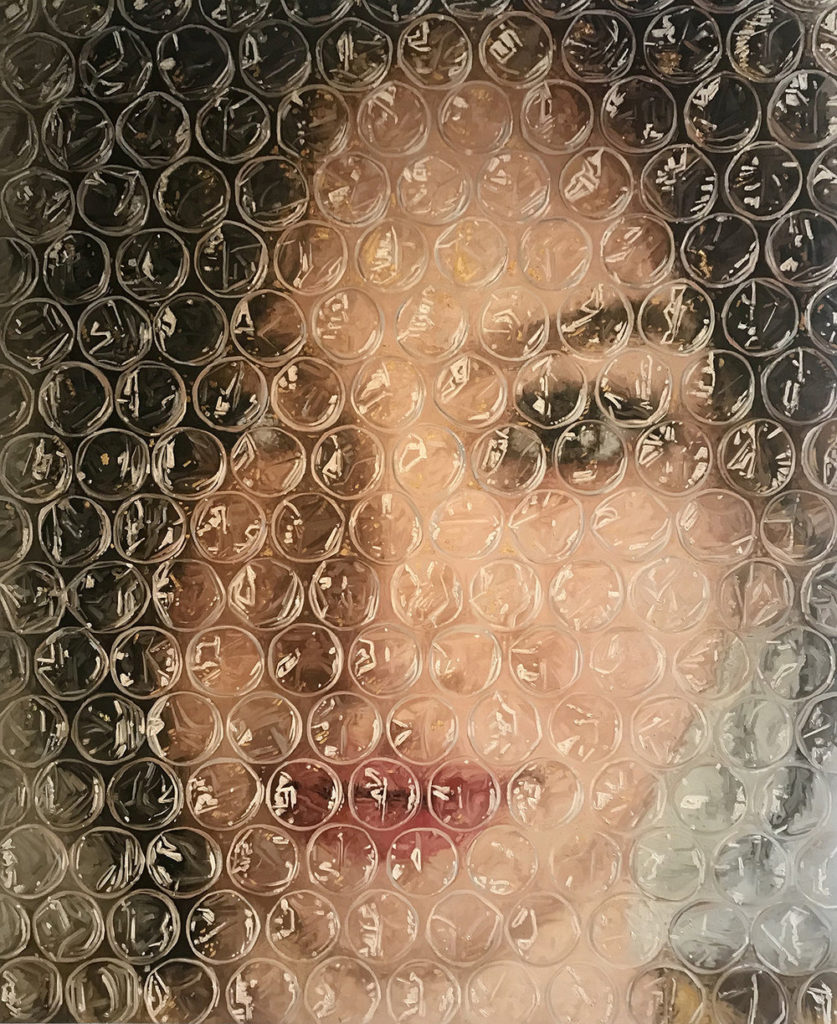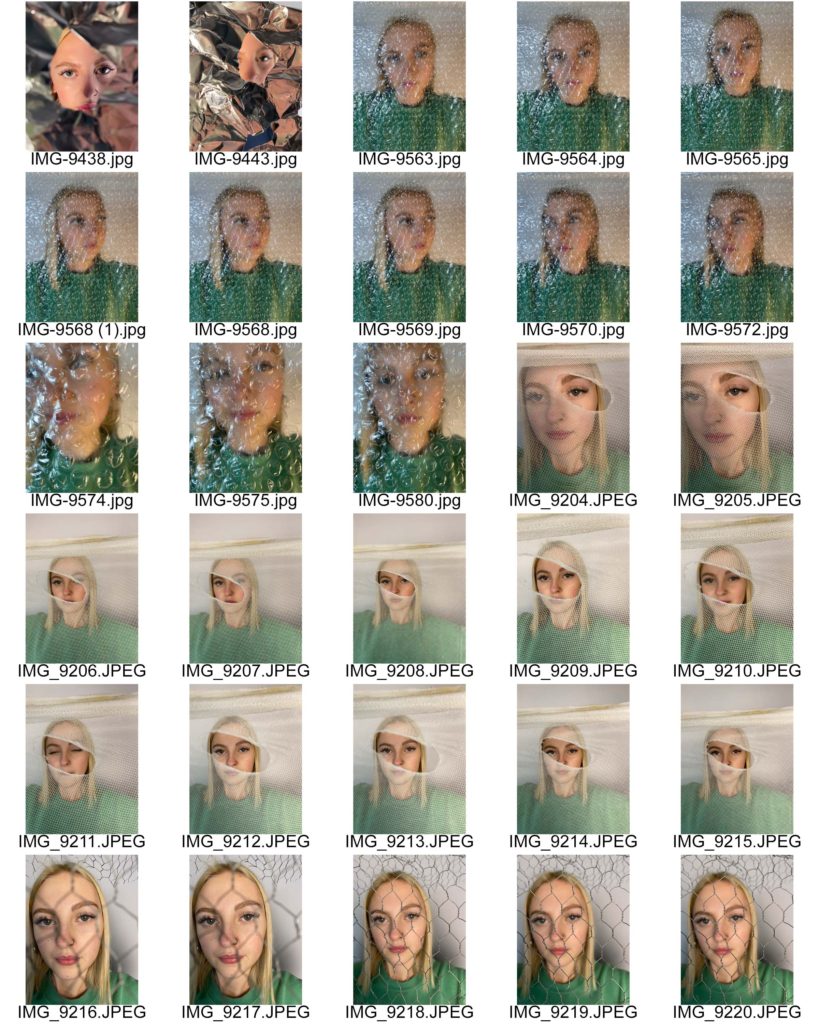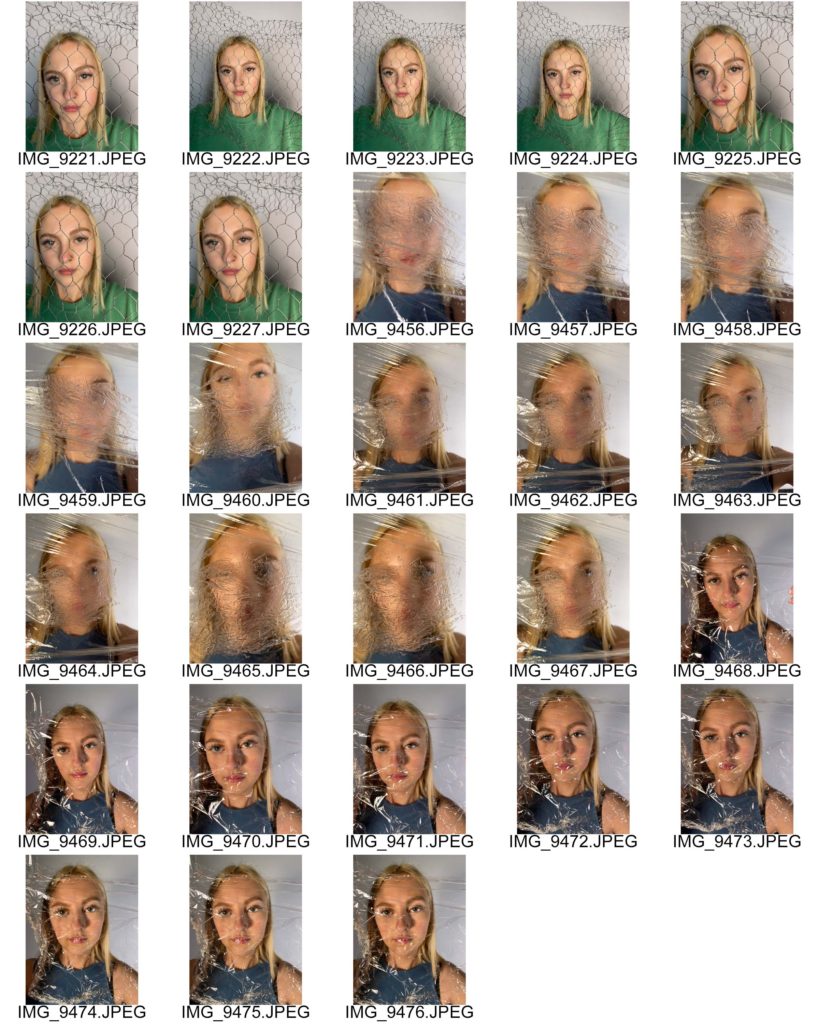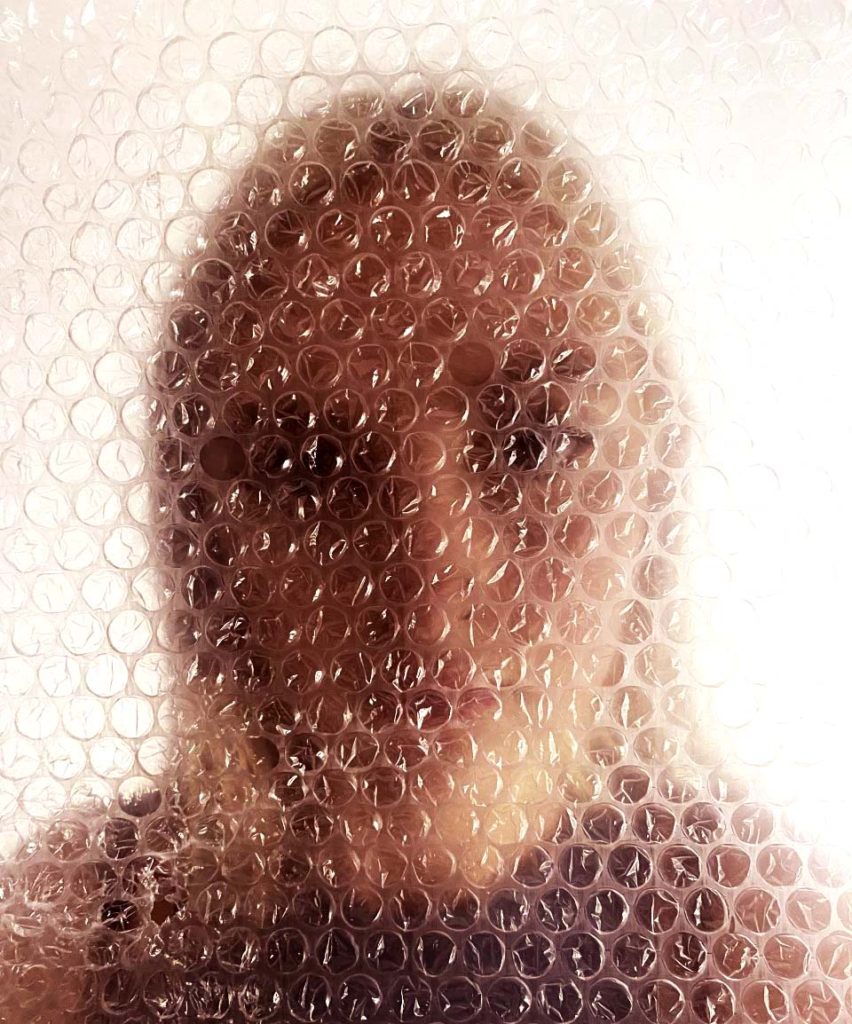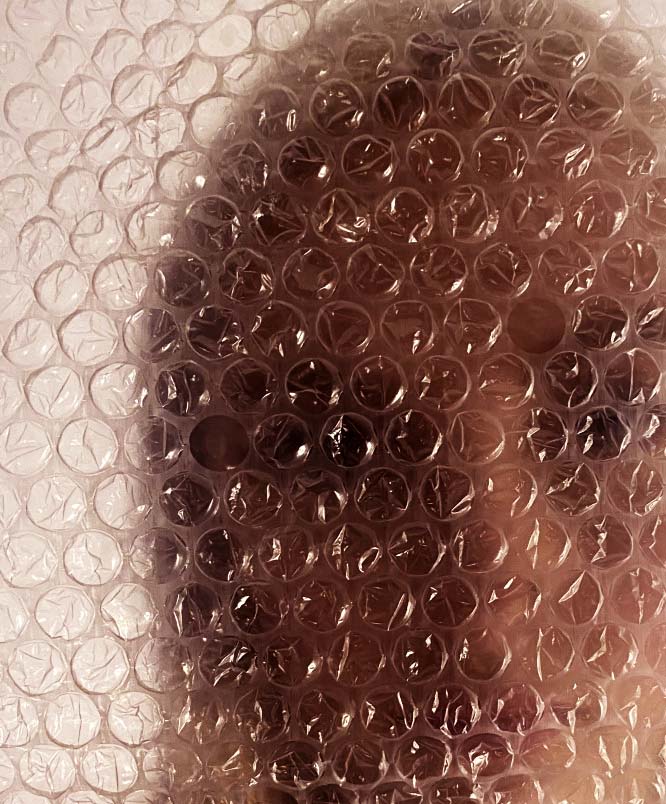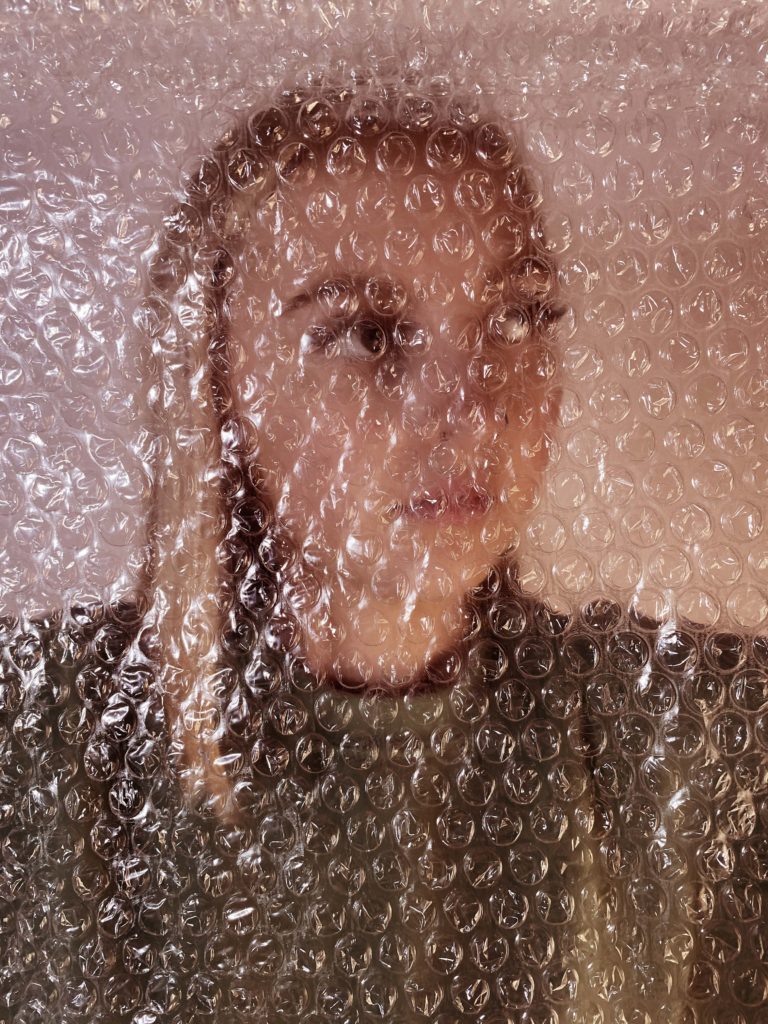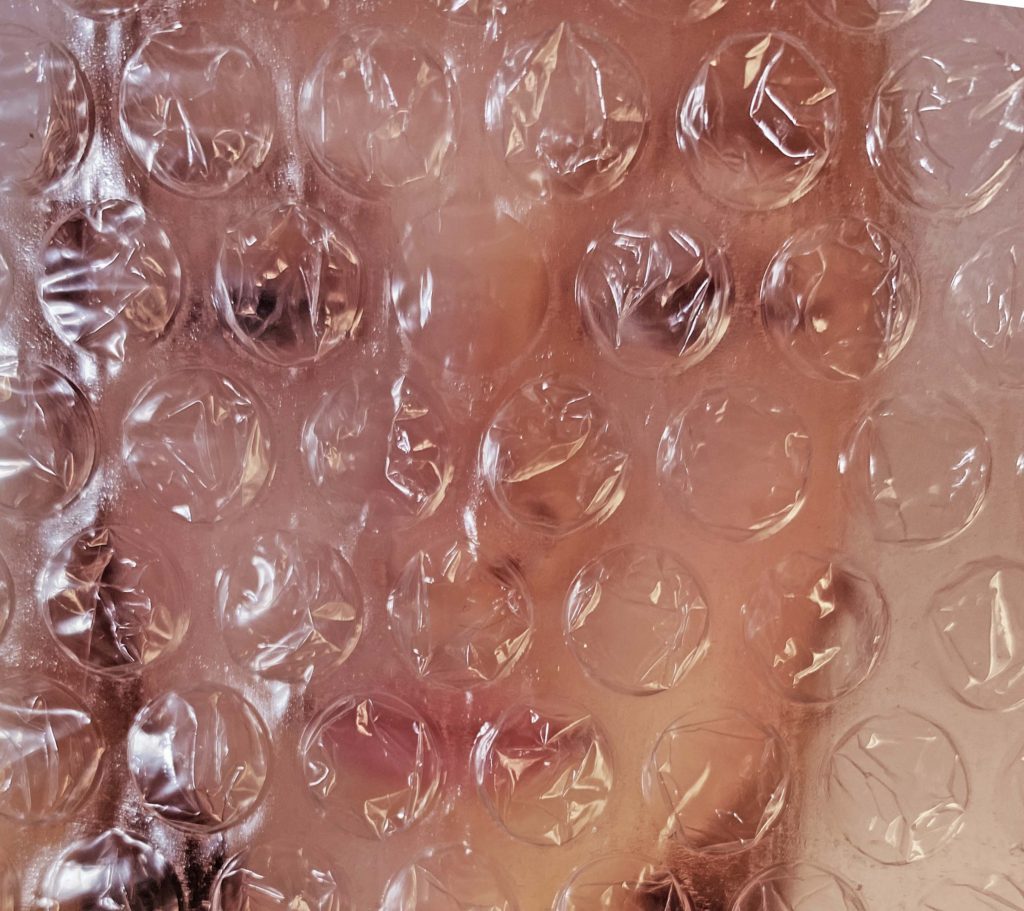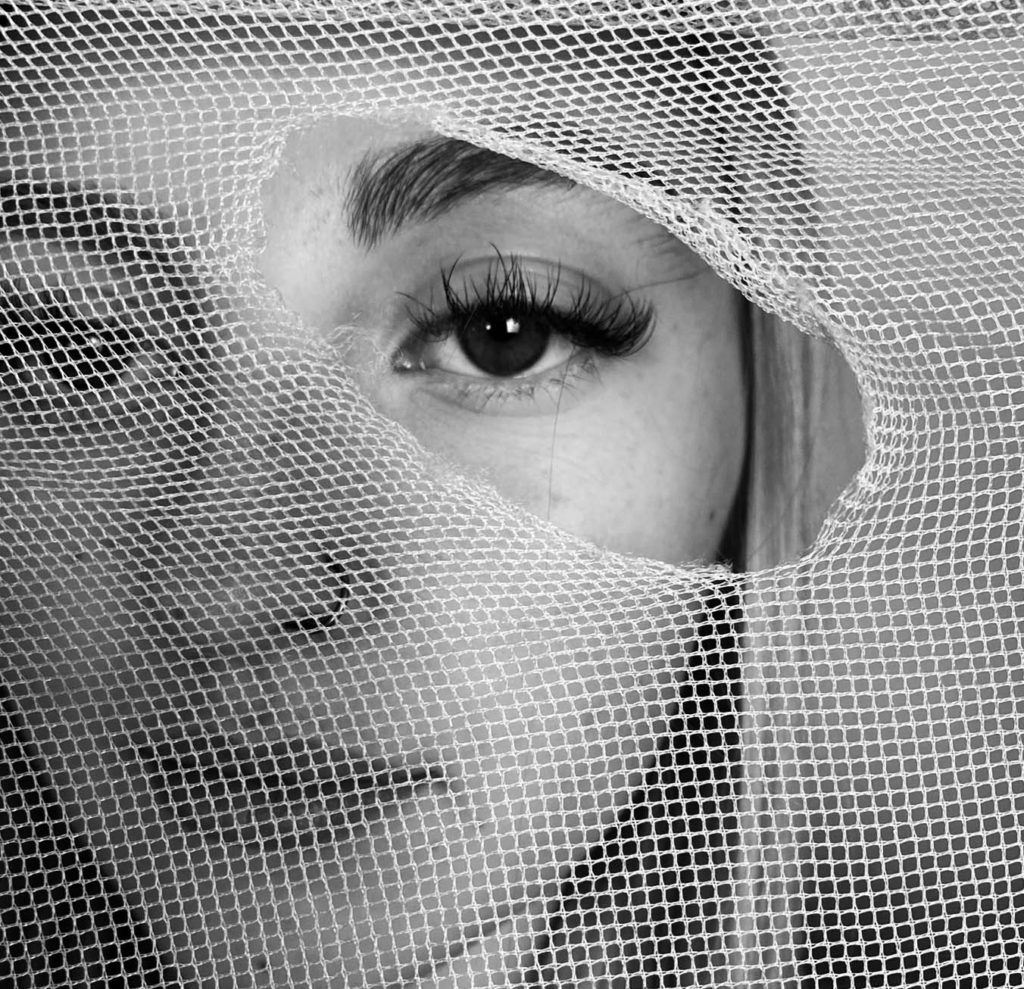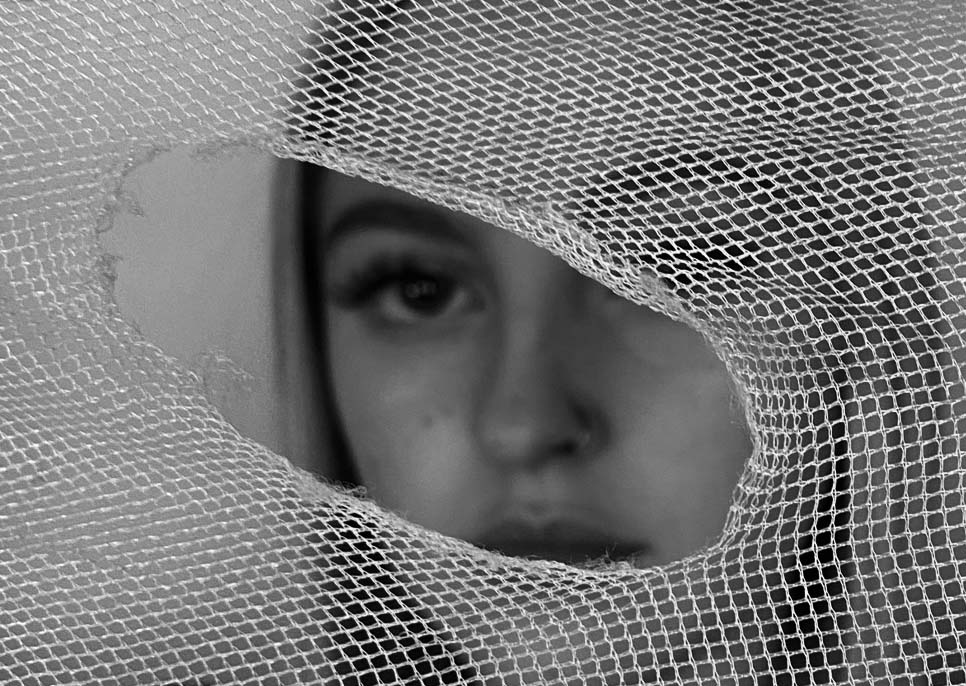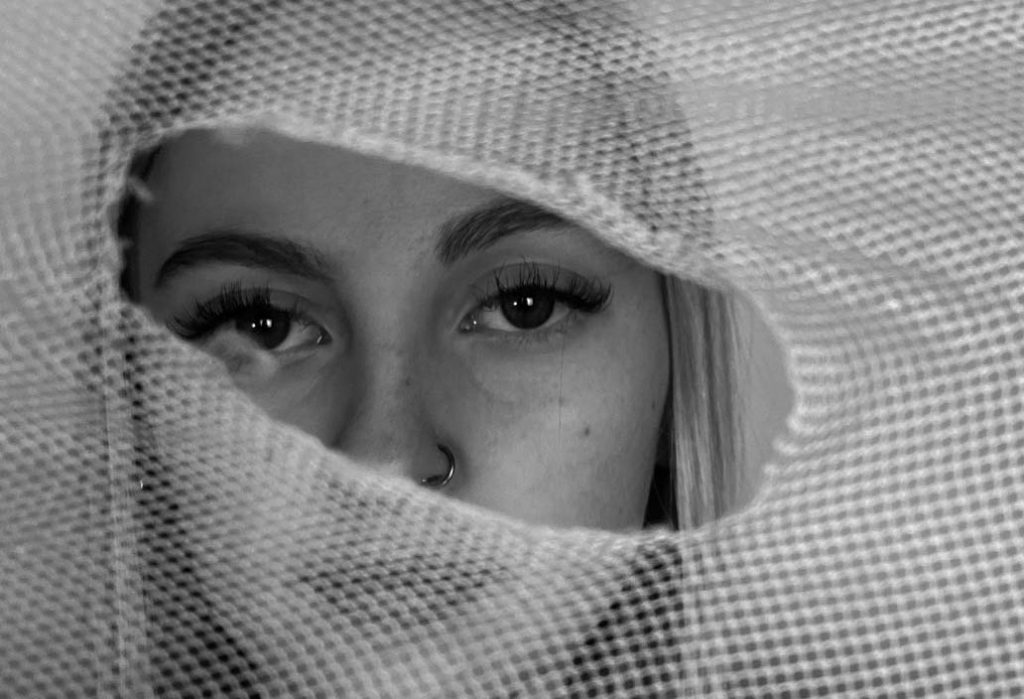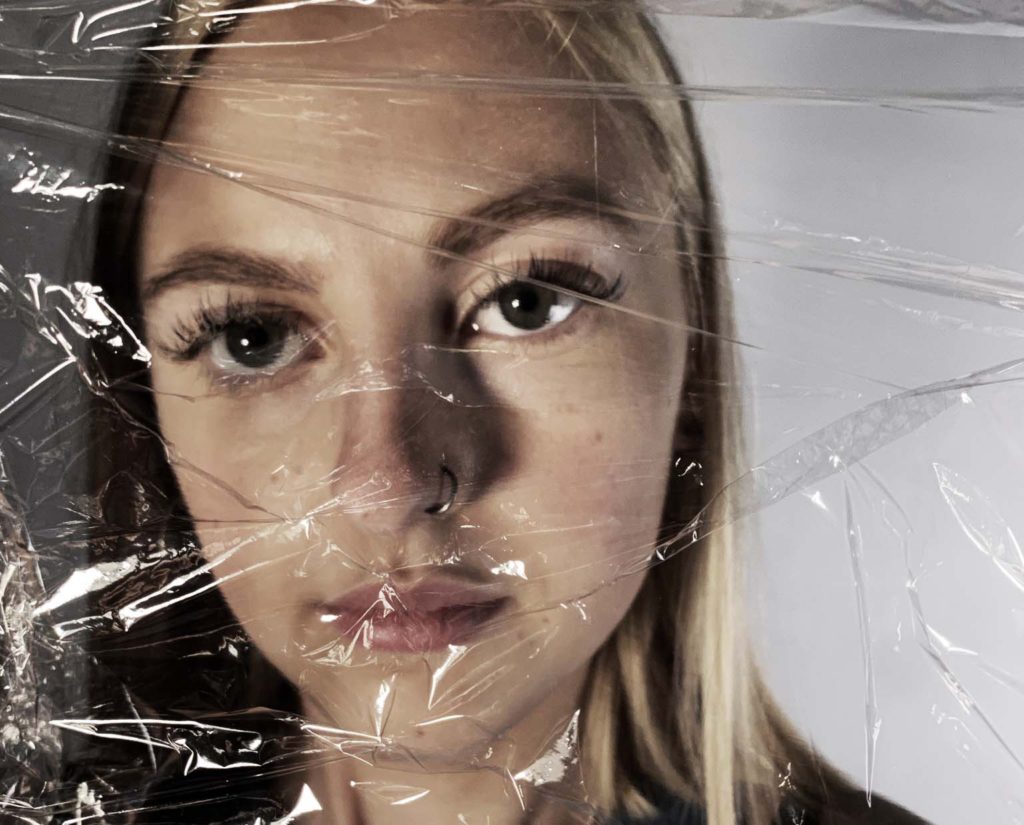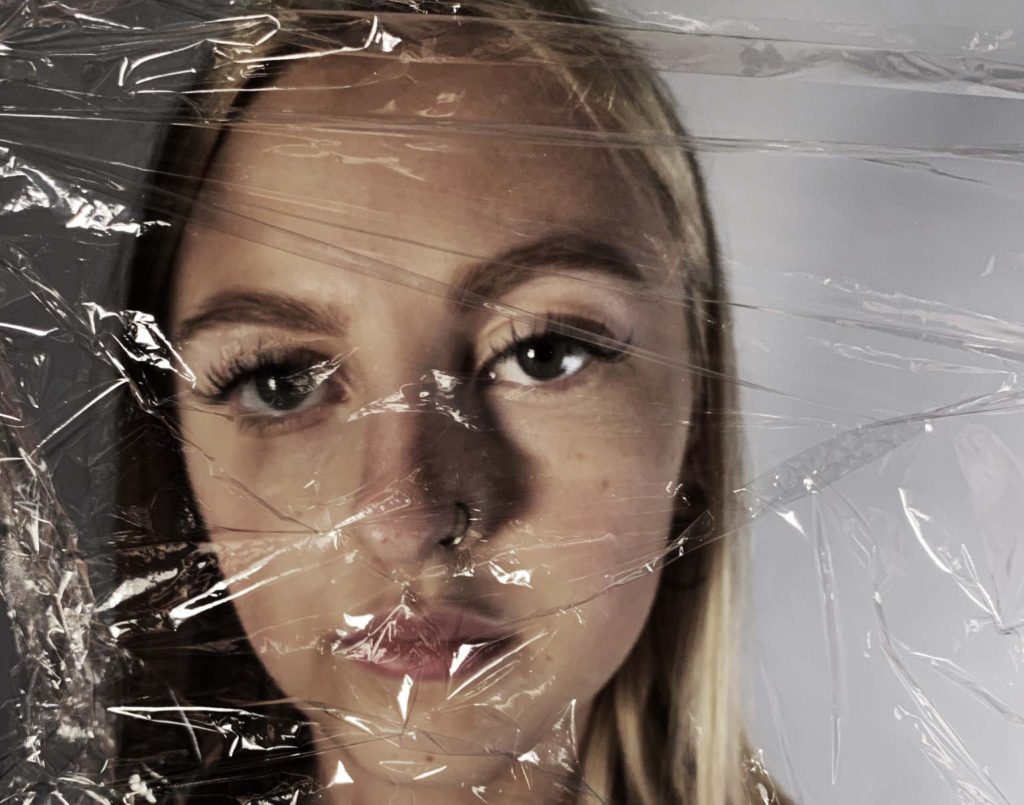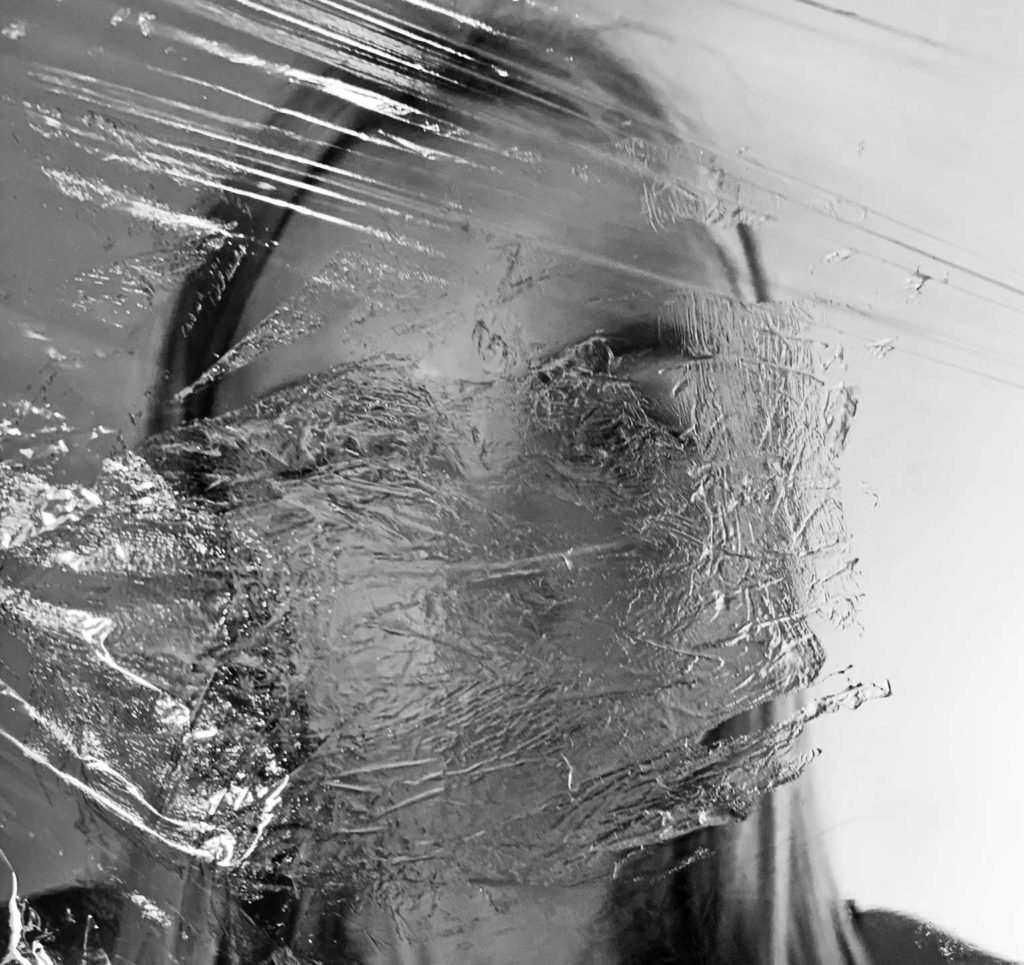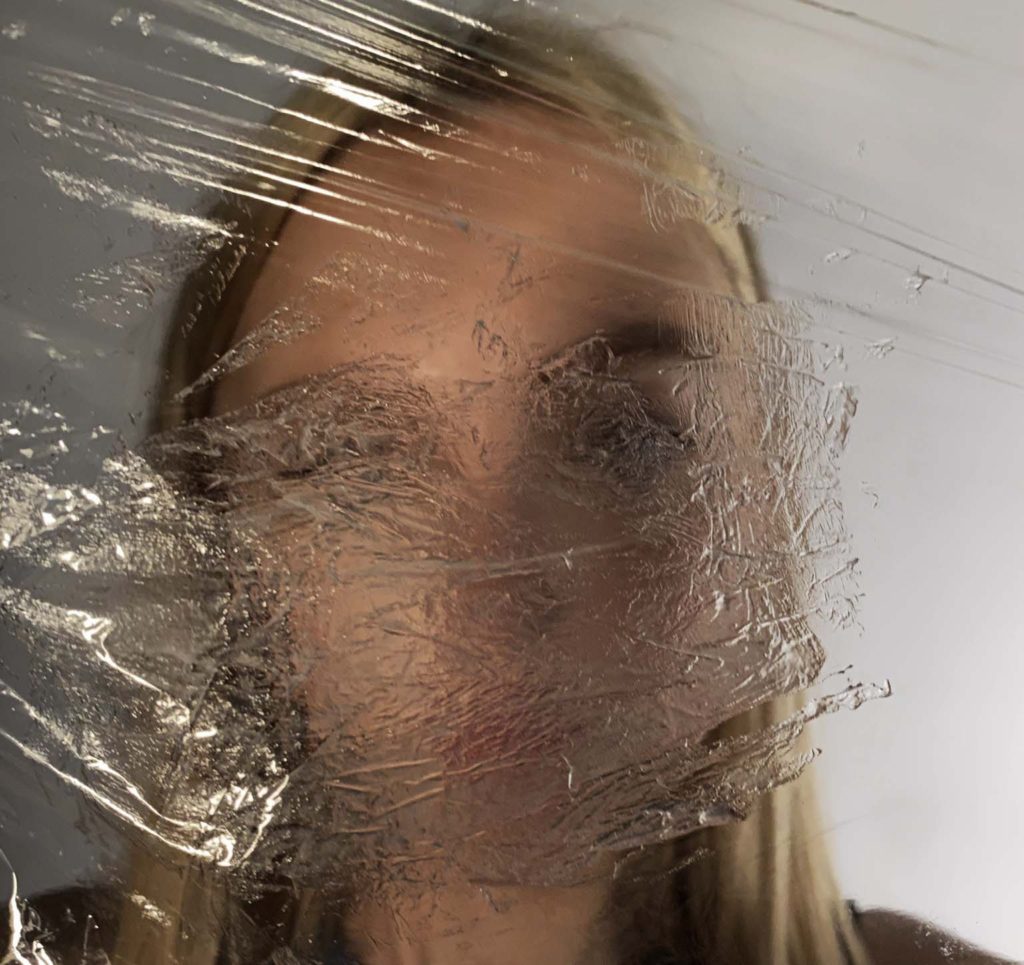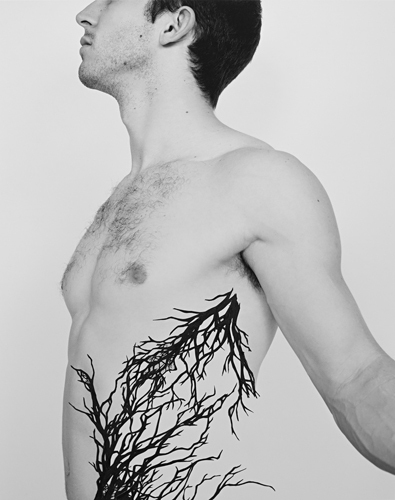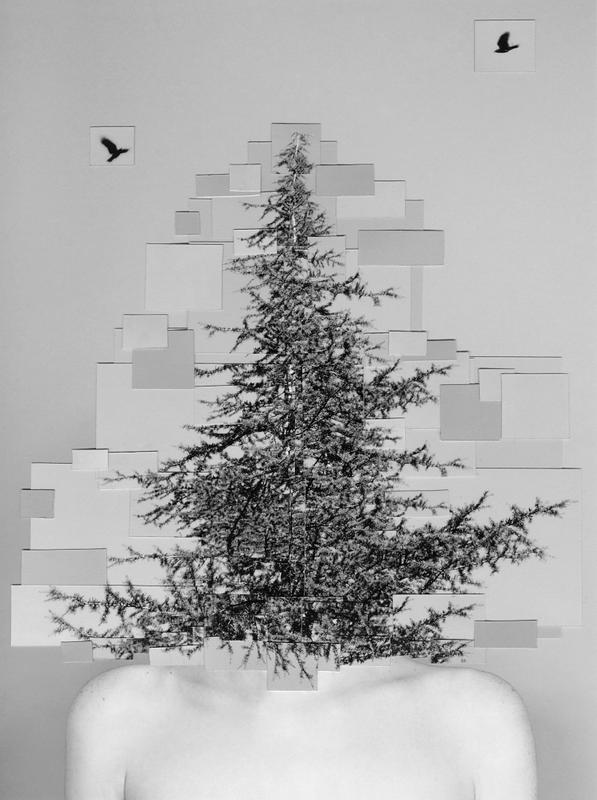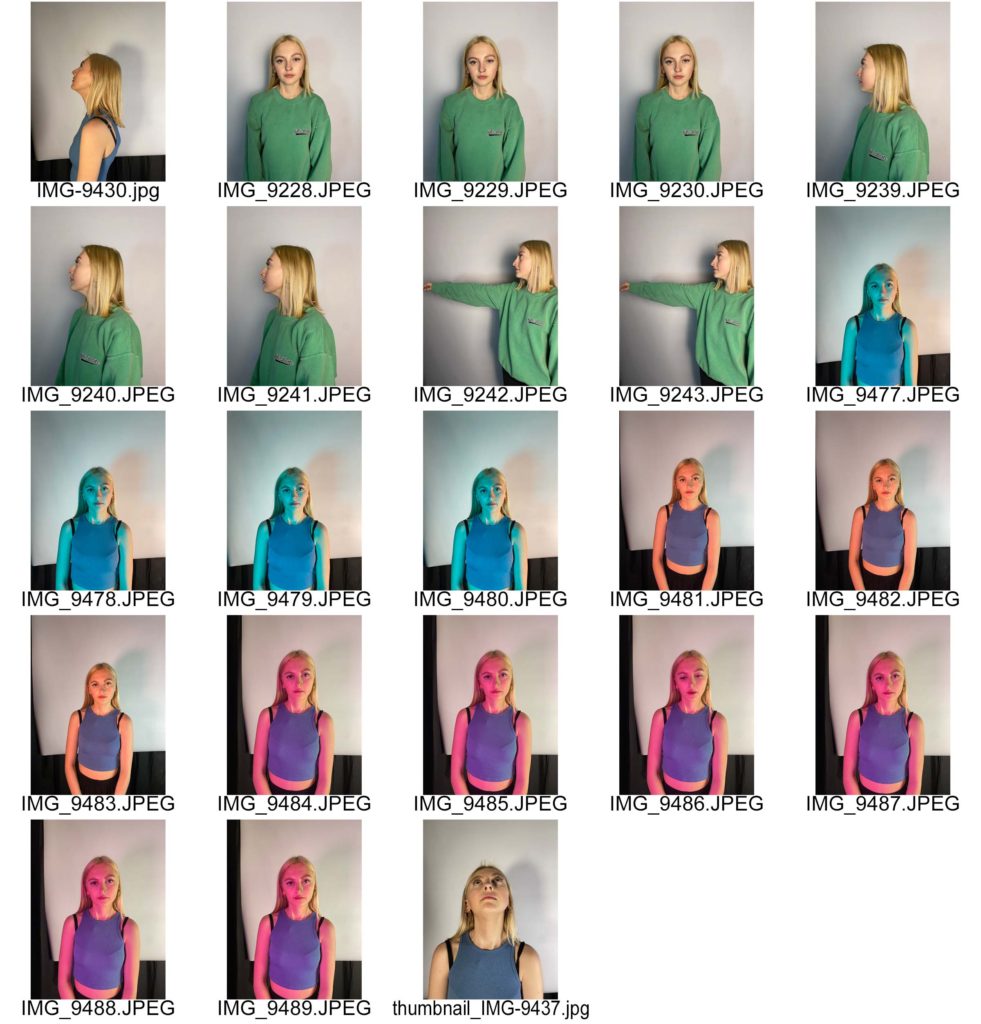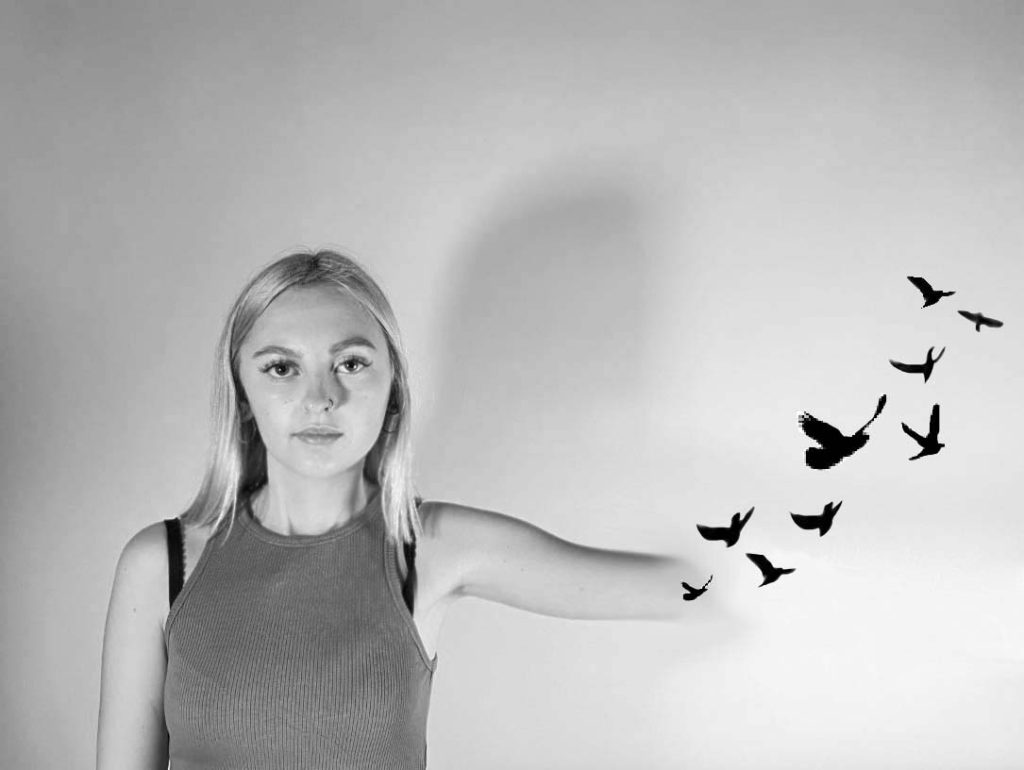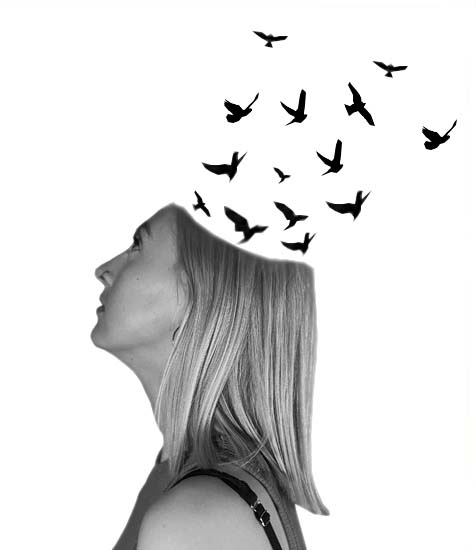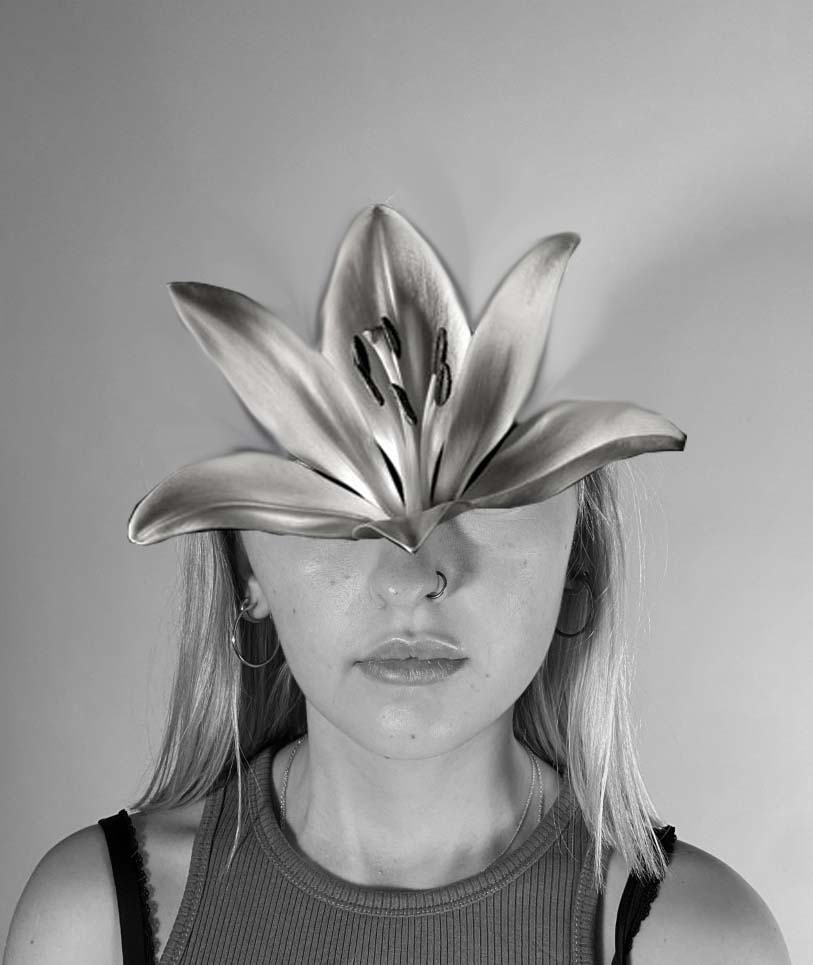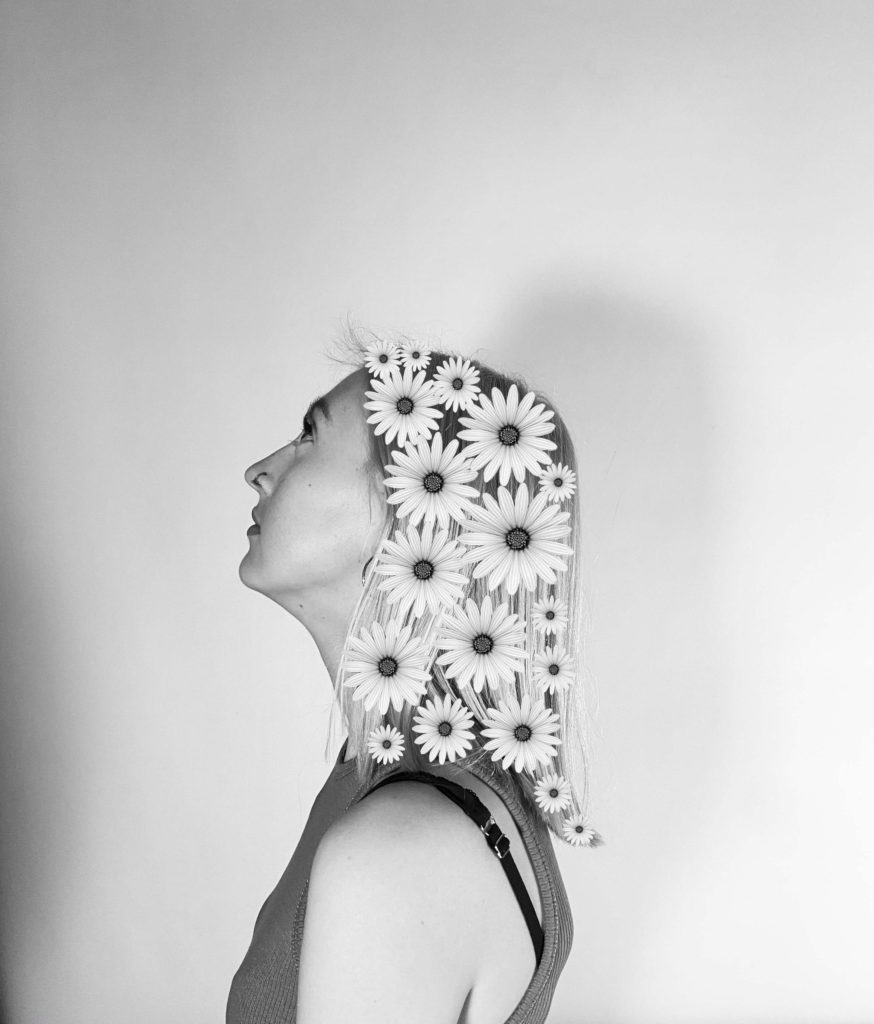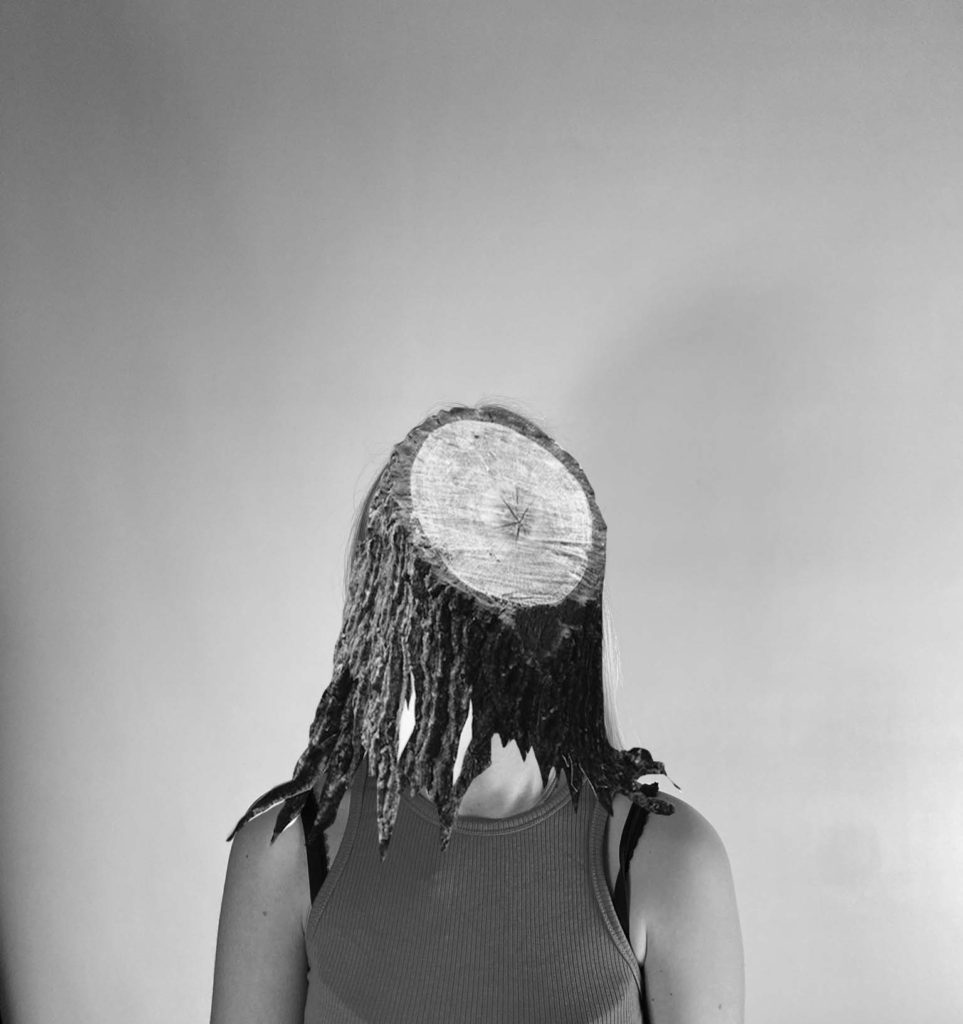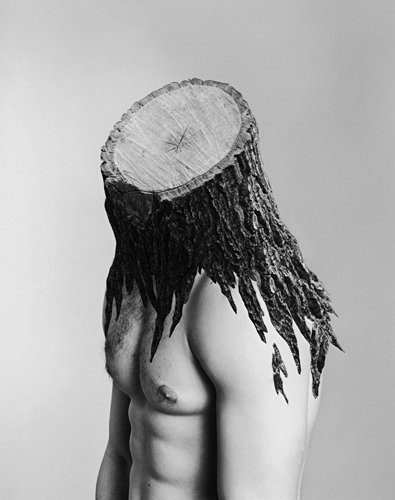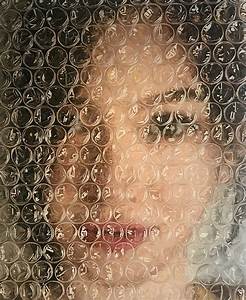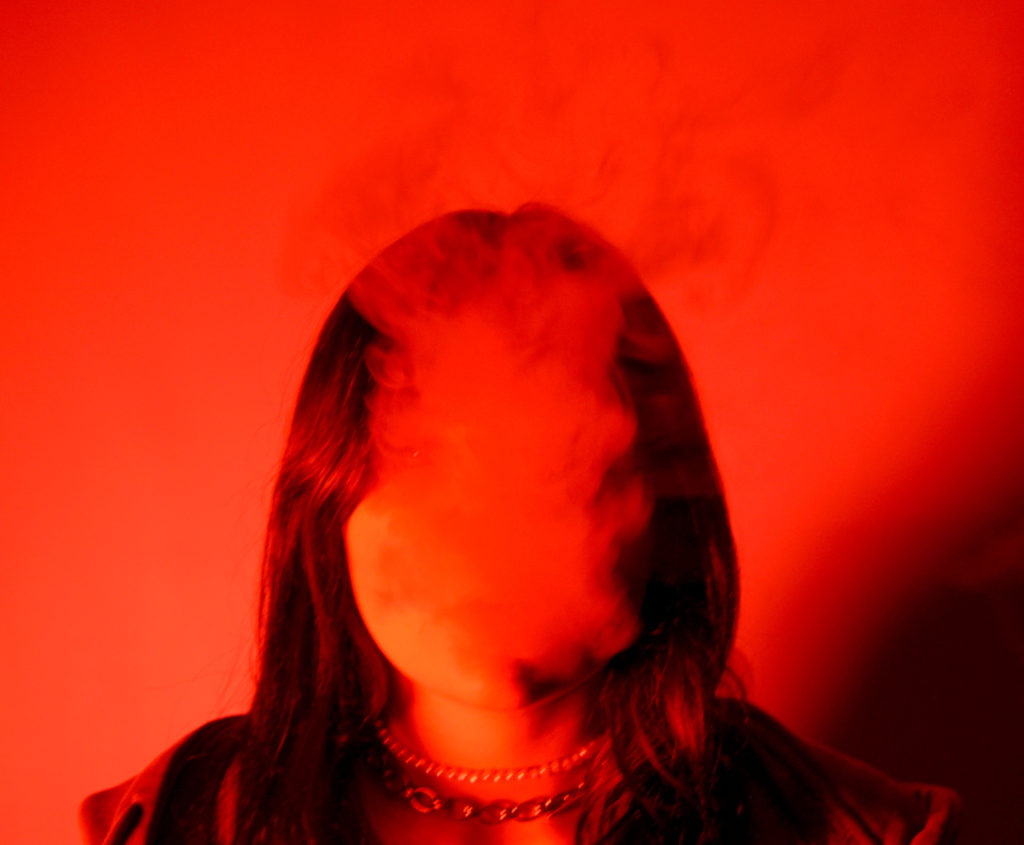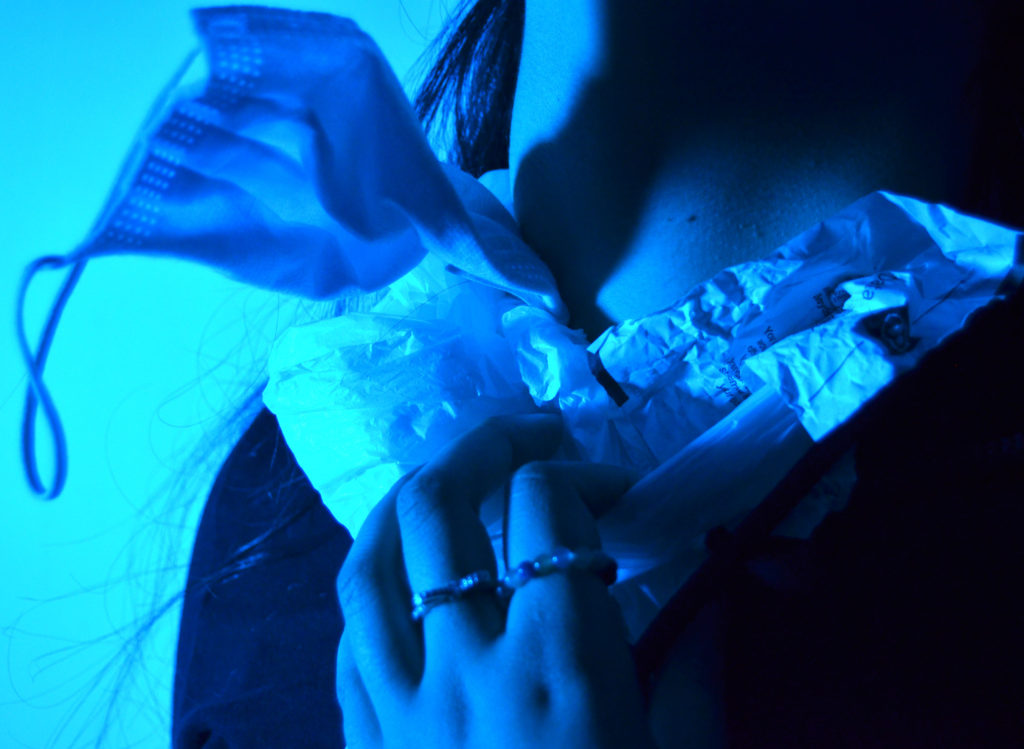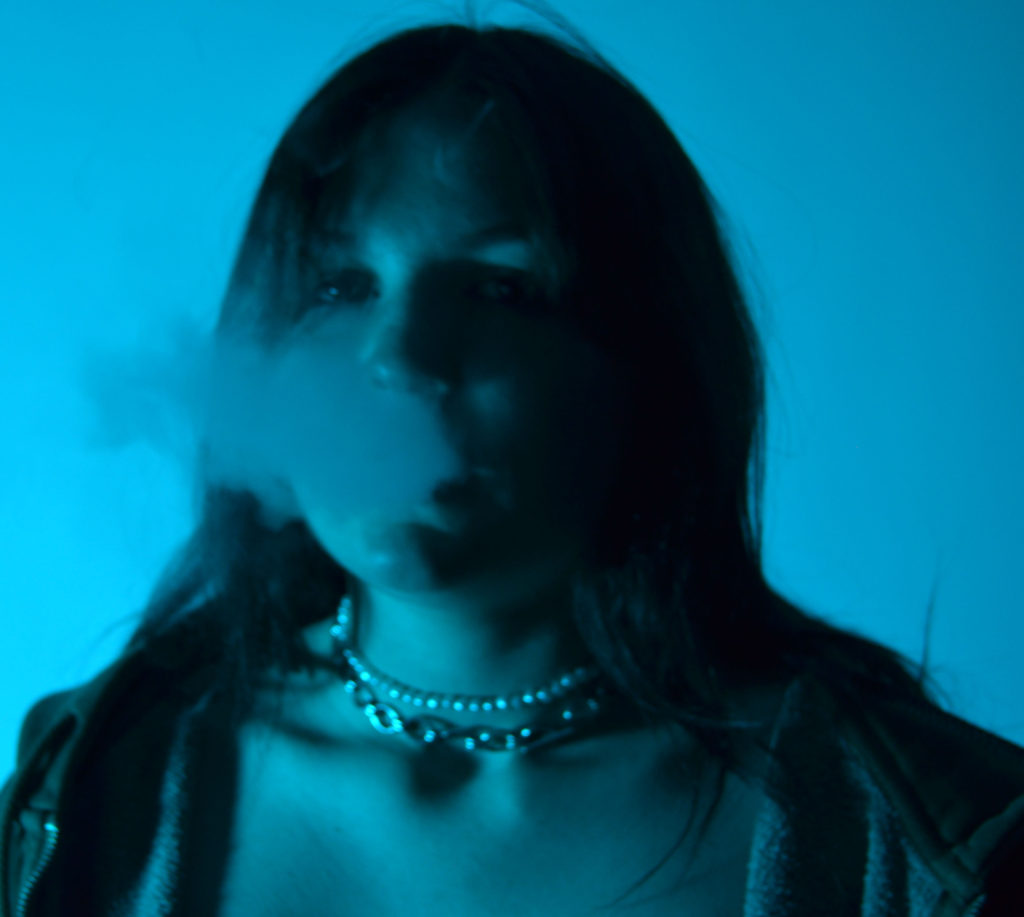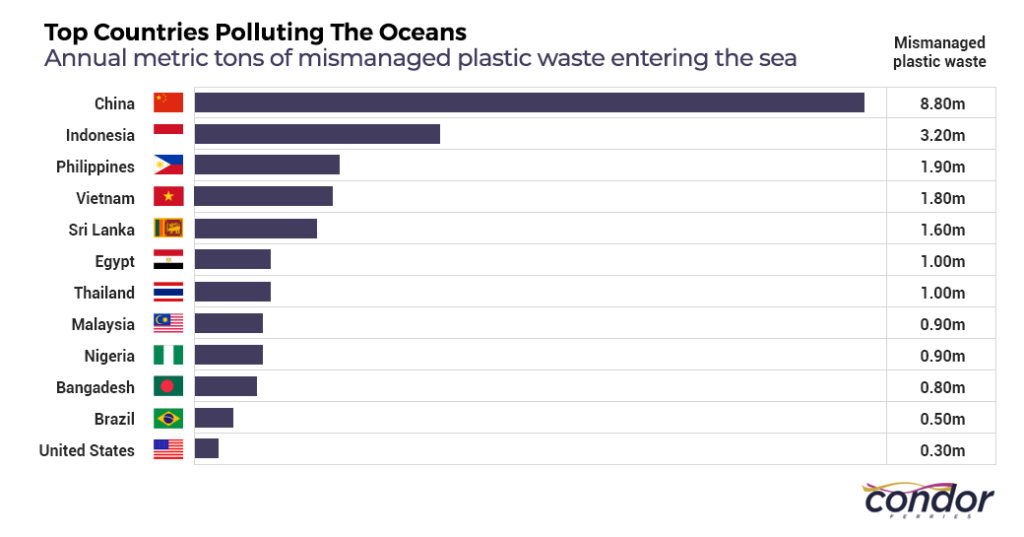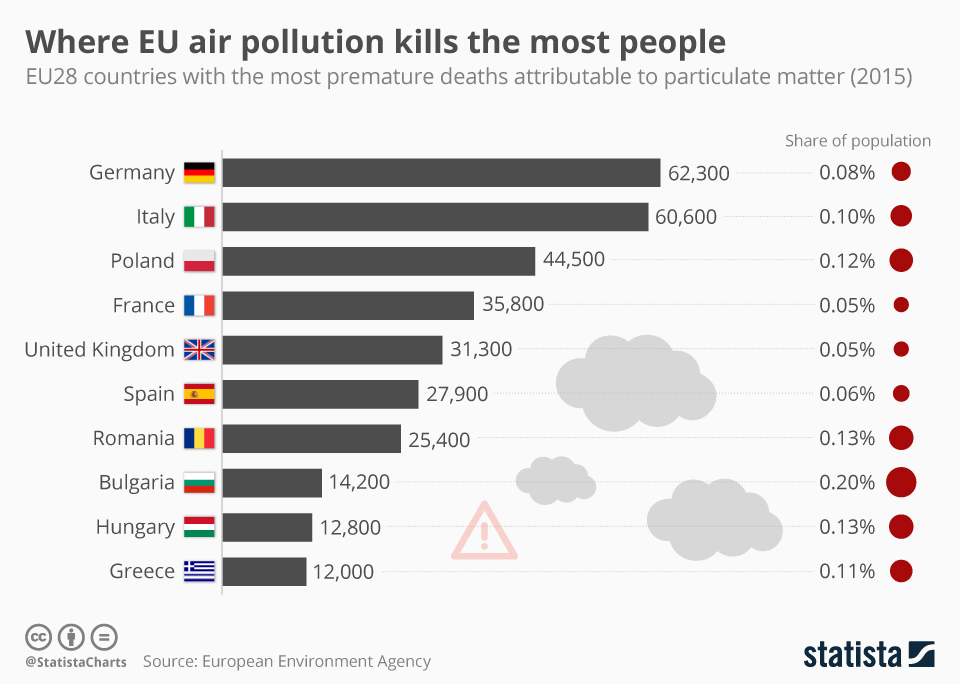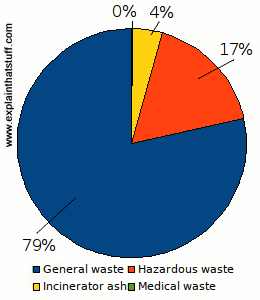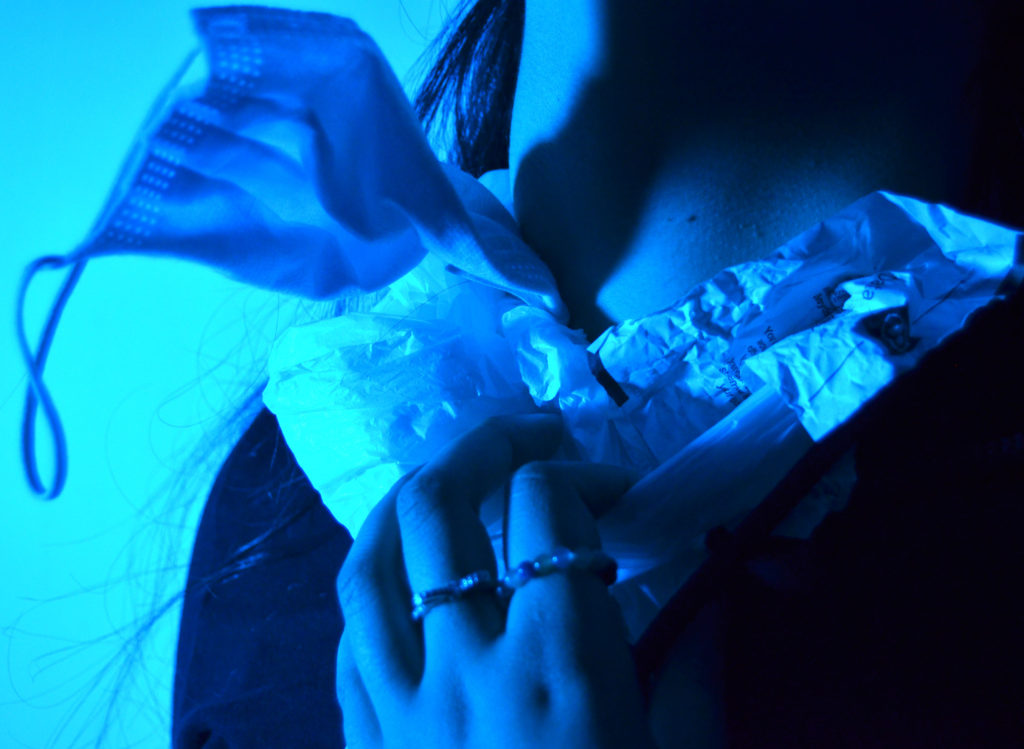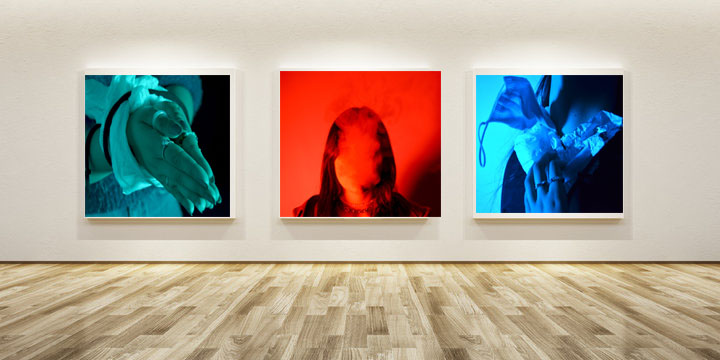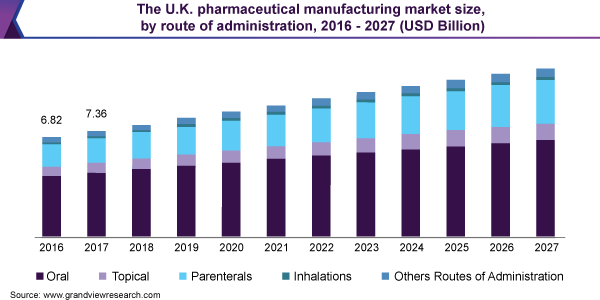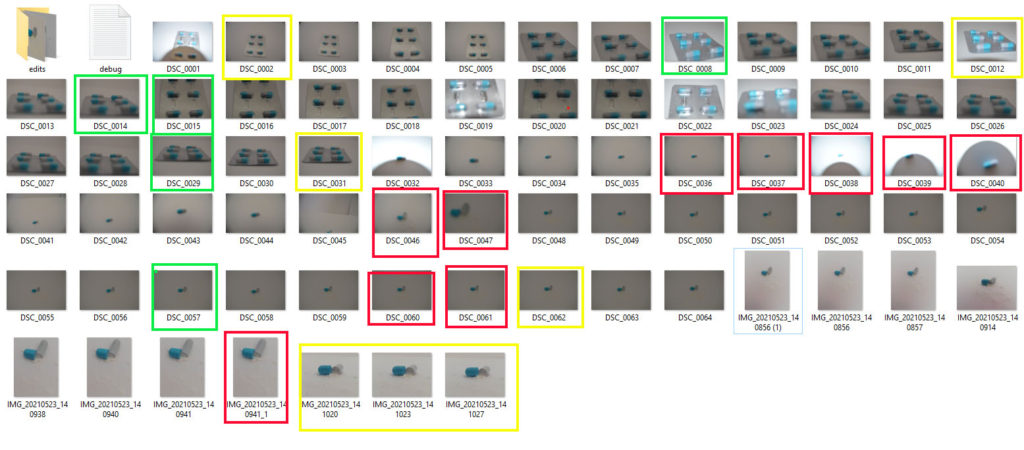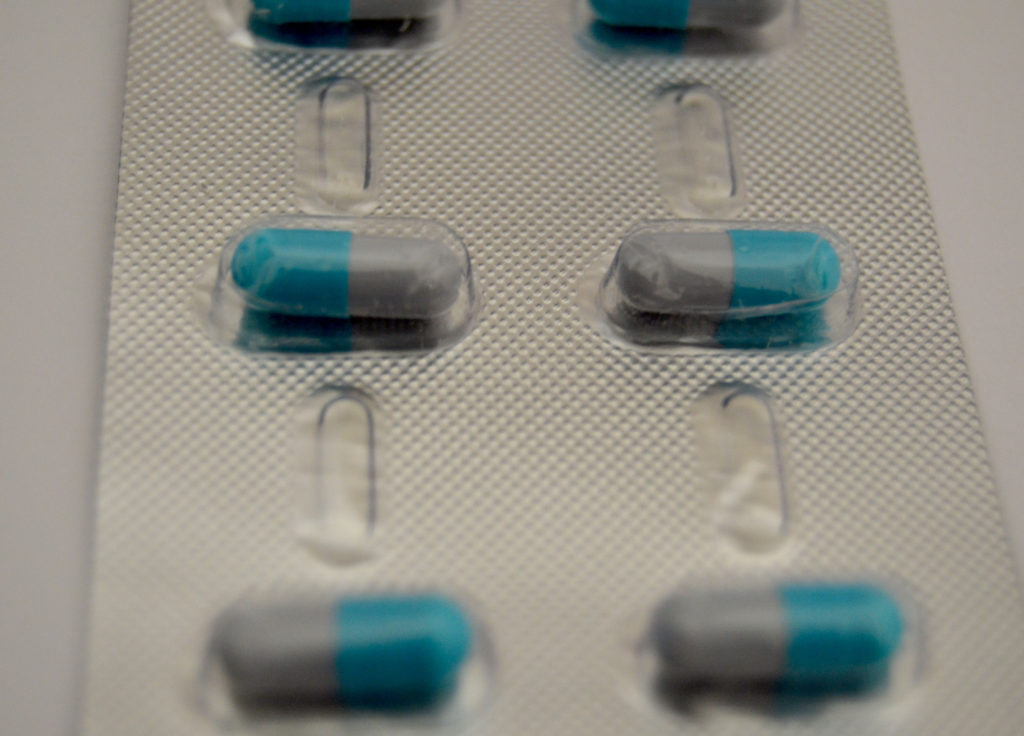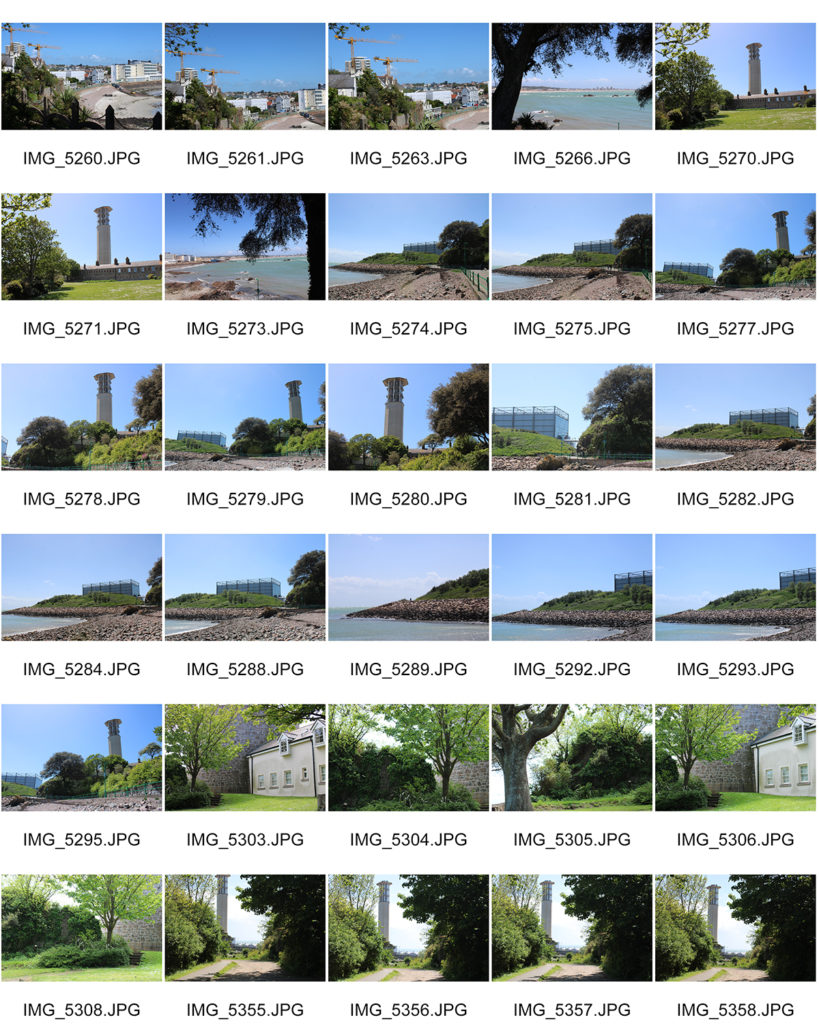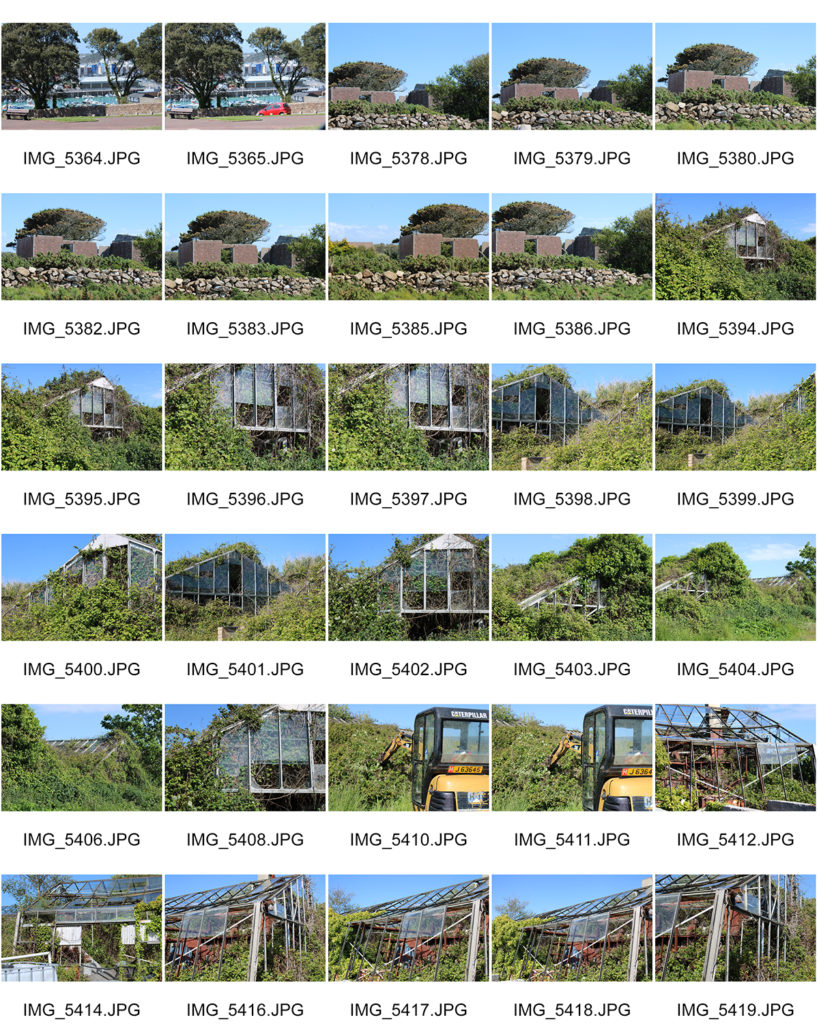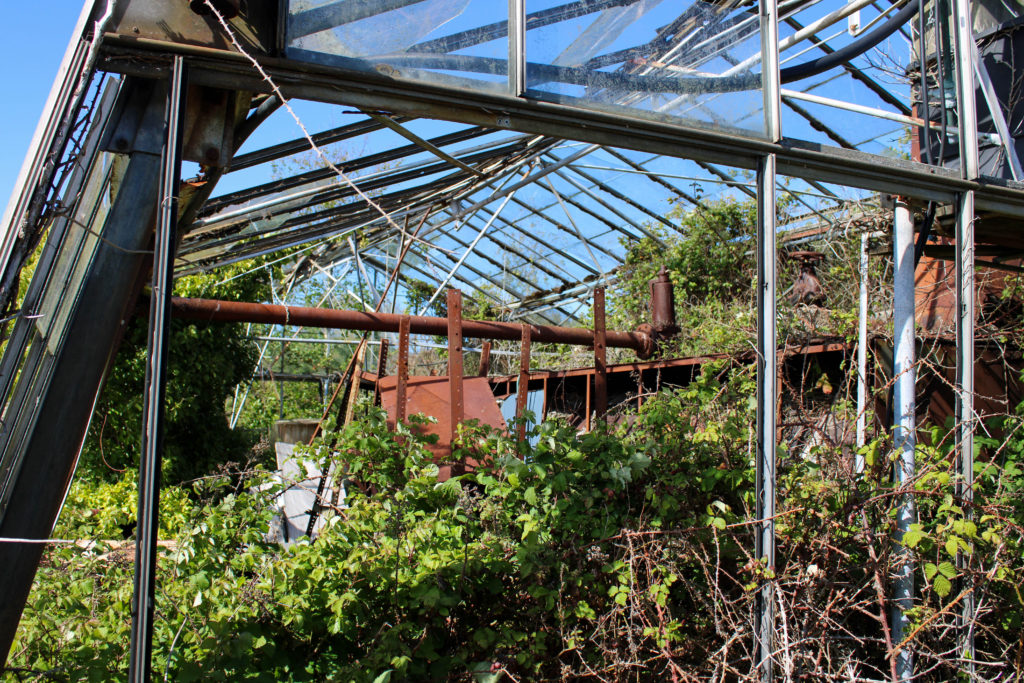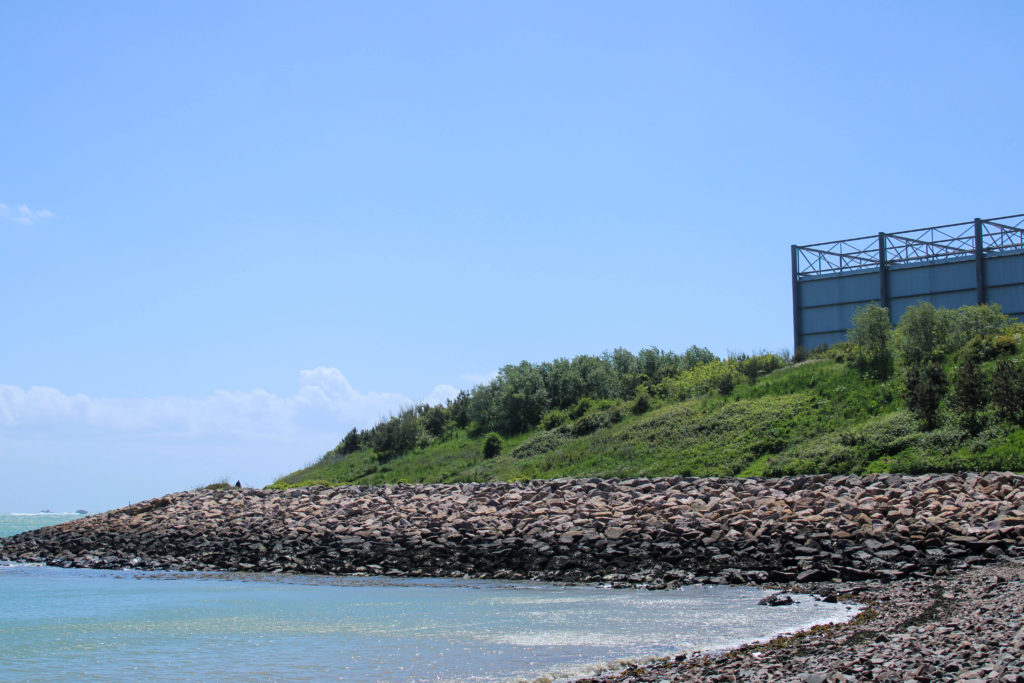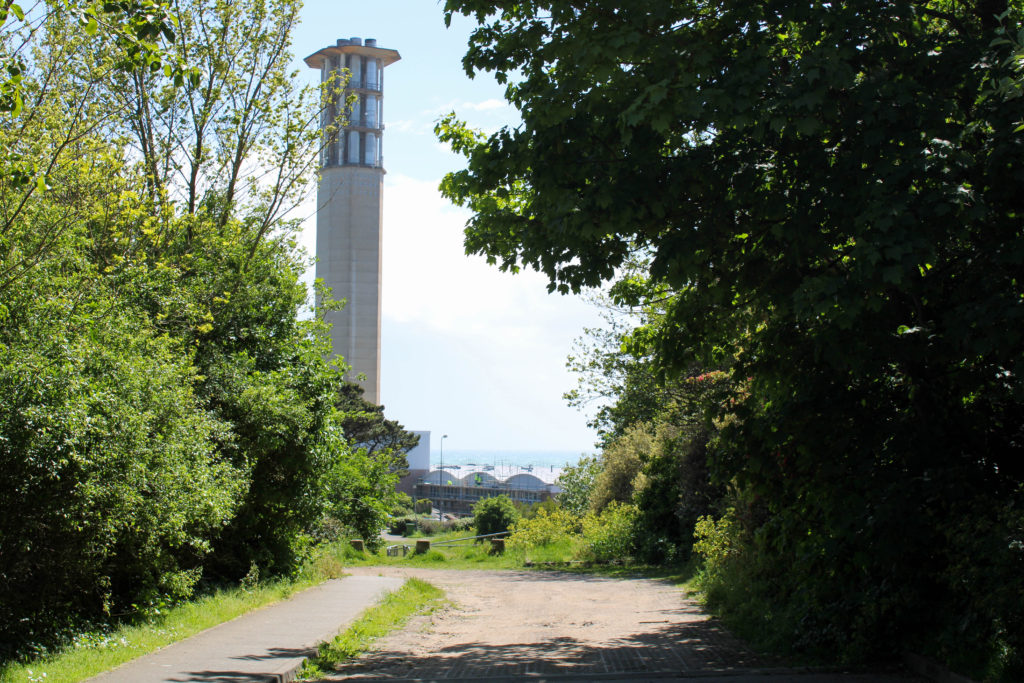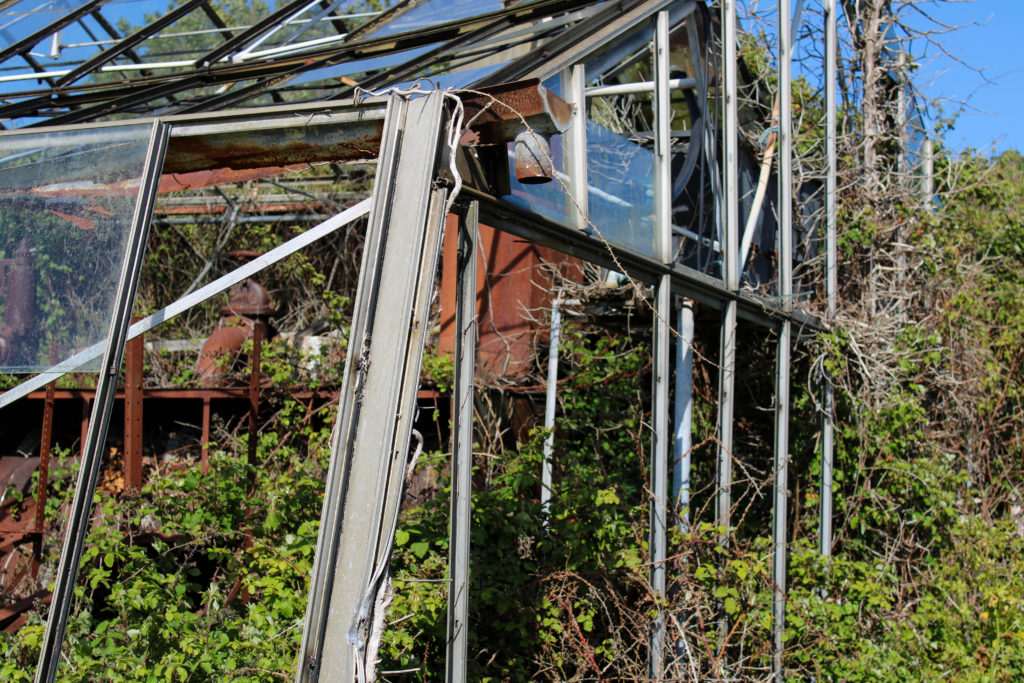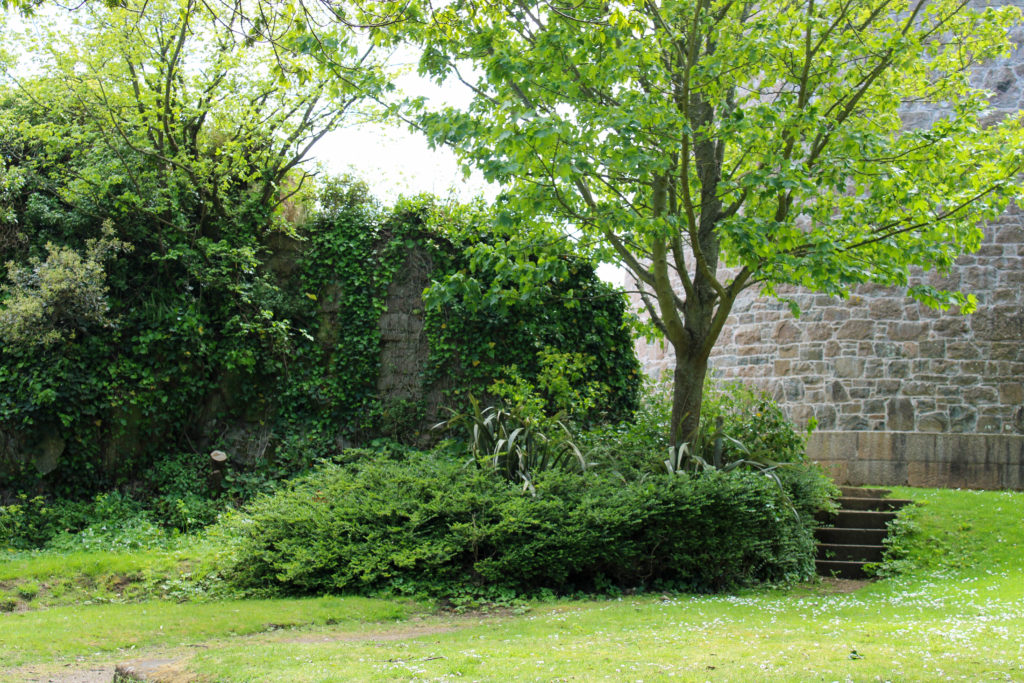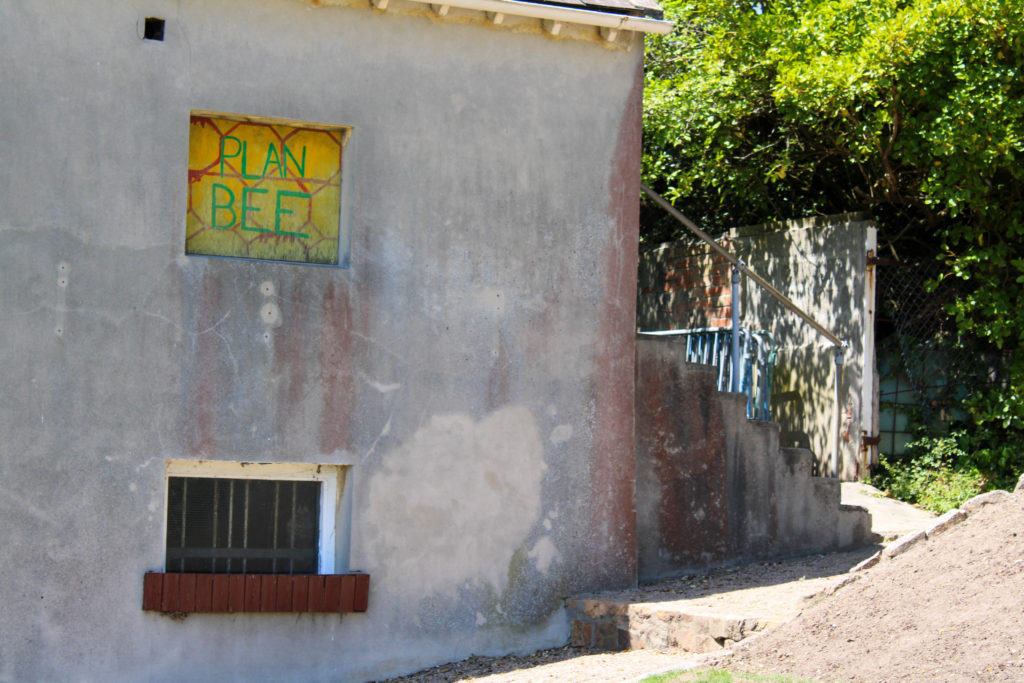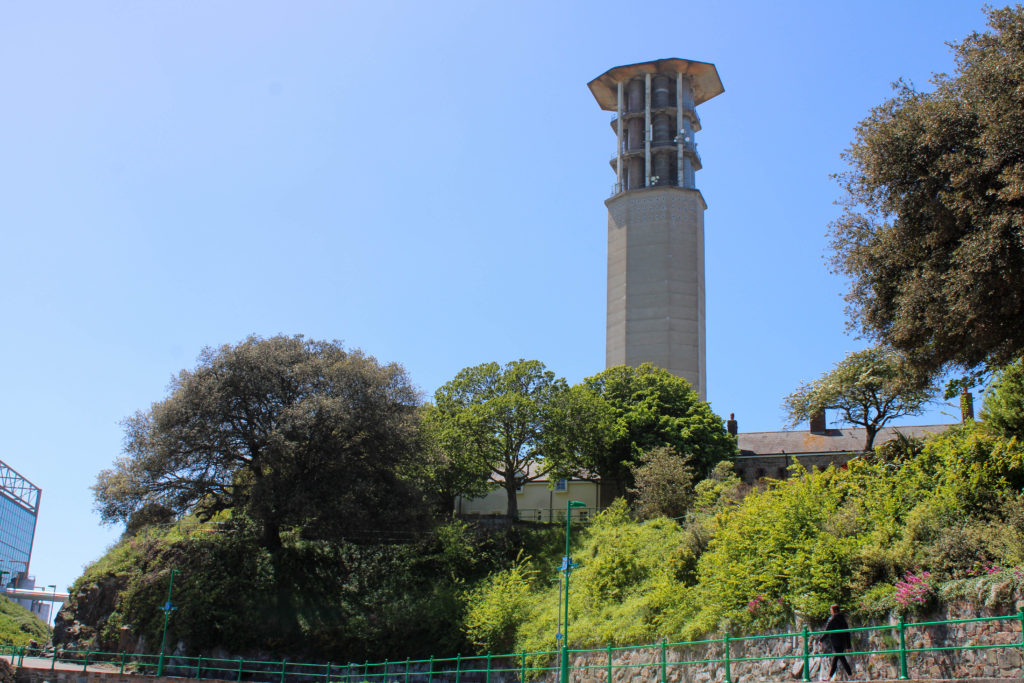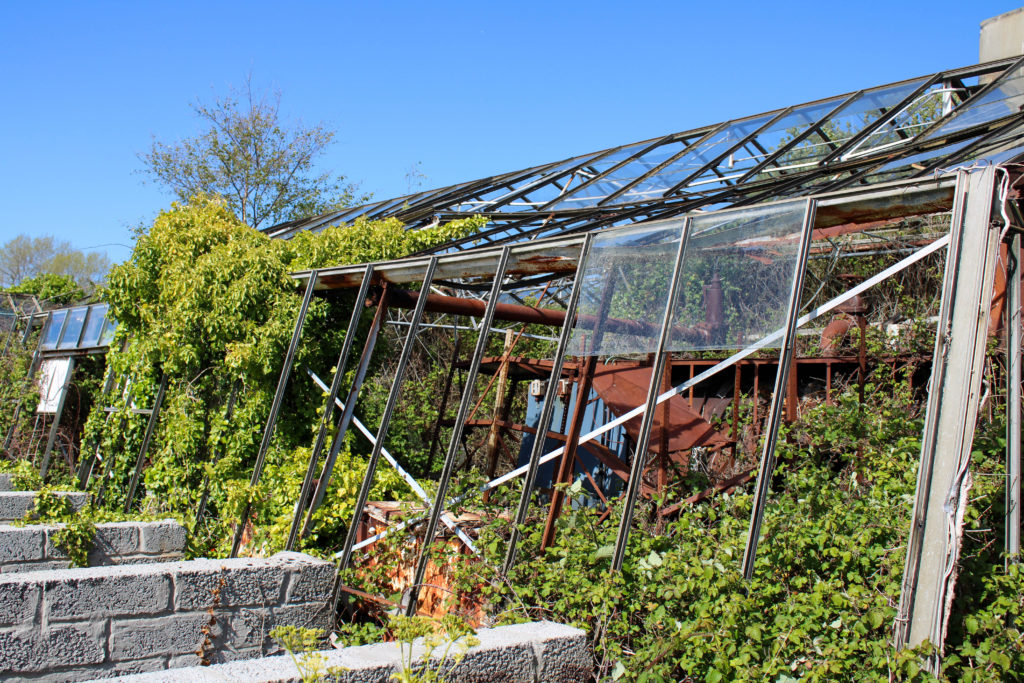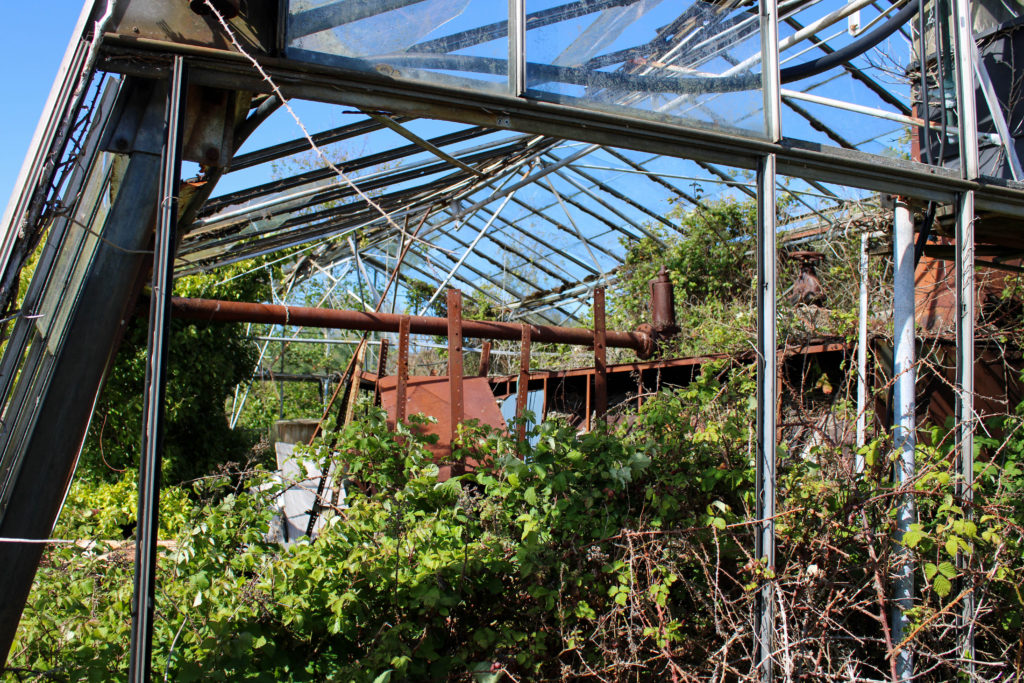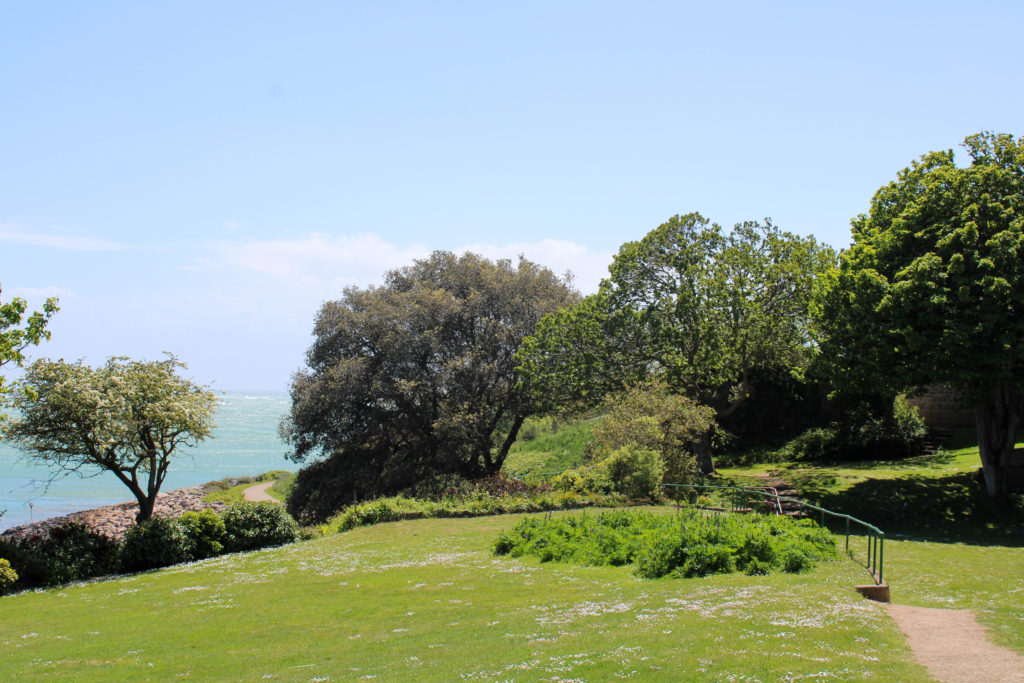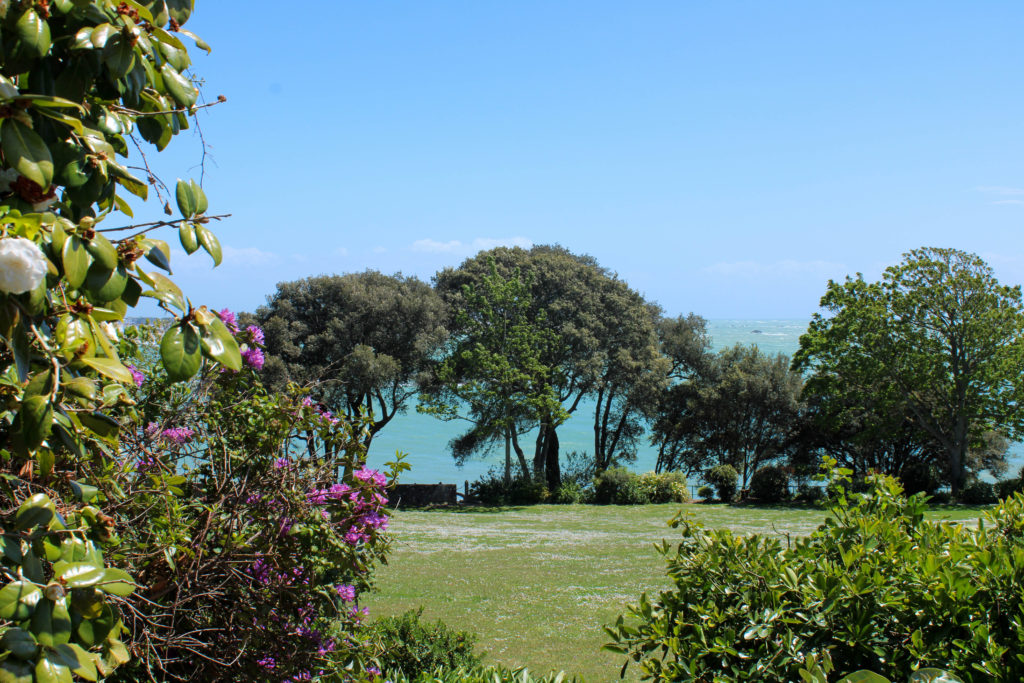Meaning
The meaning of anthropocene is a geological point of view in which humans have started to impact the earth’s ecosystems or even climate change that has occurred within the past years. Therefore, this word fits perfectly into photography as photographers take pictures which can be documented to show the change’s in the ecosystem on the earth in order to show the rest of the world the downfall in the ecosystems and climates changes on our planet.
Ideas (mood-board/ images)
| Anthropocene | |||
| Landscapes | places that have construction undergoing or getting pictures of cranes on site. | forests that appears to be damaged which could be done by being abstract. | Places in which there are industrial buildings that cause damage to the environment through pollution. |
| Portraits | Someone wearing a bin as a outfit or plastics in general. | Using plastics as accessories on the model. | After a simple portrait being taken of a model, I could edit some landscapes onto them. |
| Altered Landscapes | Picture of king street with the pavements being sand once edited. | Picture of some flats then editing them onto a sand dune. | Taking a picture of a forest changing the bright colours into colours that represent negative emotion. |
Case Study
The two photographers that I feel explore anthropocene through the genre of photography that I will be choosing is Camilo Jose Vergara and Yves Marchand & Romain Meffre. Down below will be images of the photographers mentioned.
Camilo Jose Vergara Case Study
Camilo Jose Vergara was born in 1944 Santiago, Chile who was a New York based writer, photographer and documentarian.Vergara has been compared to Jacob Rills for his photographic documentation of American slums and decaying urban environments. Vergara applied the technique of rephotographing in a series of American cities, taking pictures of the same neighbourhoods from the exact same point at regular intervals over many years in order to show changes of the neighbourhoods over time. He was a sociologist with a speciality of urbanism, Vergara used this to his advantage to show the public eye the social decay happening across the world.

As you can see from the images above that Vergara has taken, there are a series of neighbourhoods that have decayed over time. This goes to show that he was a great sociologist in urbanism as you can see from the landscapes that the images of the buildings he had taken, decayed over time in the fact that they have been broken down or even abandoned. The pictures display urbanism as in the images there are buildings displayed that either got done up and look more modern, or the building has either been taken down or abandoned. These images that Vergara has taken above fit in perfectly with the topic of ANTHROPOCENE as the images displayed show how “humans have started to impact the worlds ecosystem” due to there being wasted land or space that is taking over the environment for no reason as the buildings appear to have no use to them. Moreover, this shows how humans are damaging the environment as these buildings could very well have better use to them as possible places to make it green again in order to have habitats for animals so that they can be safe and have some better environmental living than some abandoned houses and streets.
Yves Marchand & Romain Meffre Case Study
Marchand (b.1981) and Meffre (b.1987) live and work in Paris. Initially pursuing photography individually, they met online in 2002 and started working together with the beginning of their Detroit project in 2005. Steidl published The Ruins of Detroit in 2010. A second printing is planned for later this year. They are currently completing their Gunkanjima book, also to be published by Steidl, and they continue to work on a project documenting American theater’s that have either fallen into decay or been transformed entirely. Their work has been exhibited extensively throughout Europe and has been featured in the New York Times, The Guardian, The British Journal of Photography, Time Magazine, amongst others.
As you can see from the images displayed above from Yves and Romain took images of abandoned places which are being overgrown by the nature surrounding it. As you can see they where great in taking landscape images of abandoned places as everything in the picture is visible with use of what appears to be of natural daylight, in order to show every detail of nature taking over in these landscape images. Therefore, these images fit in perfectly with the theme of Anthropocene as you can see that humans have harmed the environment by having these wasteful abandoned buildings, occupying areas of nature like forests or fields, being overgrown by the nature around it due to these buildings being left unattended in the middle of nature having moss or vines overgrown. Therefore, this could be an impactful message to the world as people can see the damage caused to the world with wasteful buildings occupying these forests or fields as the nature growing back in these buildings is trying to take back what use to be there before the buildings where built.
Comparison
Both photographers mentioned above show the term of anthropocene as the images they have taken come across this subject showing similarities. For example, the picture that they took appear to be portrait/ landscape due to the images being of abandoned buildings that are slowly decaying throughout the years. Moreover, you can see the similarities in which the photographers had taken their pictures with the use of natural daylight and the setting’s of ISO 50, f16 and the shutter speed set at 1/500.
In terms of context behind the images they both display similarities of abandoned buildings that have no use to them as they all appear to be damaged leaving rubble behind and even just occupying areas in which could be turned to beautiful parks with trees in them or even just have the buildings knocked down in general not disturbing the environment. Moreover, both photographers present anthropocene because the images display the disturbance of the environment through humans due to the images showing abandoned buildings that are man made. This could have questions being raised to society on wether we are a lazy society or wether we don’t care about our environment in general as we just leave these buildings that are abandoned to slowly decease throughout its existence as these buildings slowly decay whilst people who walk past don’t having any feelings towards these buildings just wasting space when they could just be demolished and have use for these spaces for either society or just leave the areas alone for nature to take over and grow over these areas not causing any more harm to the environment as it already is.
Photo Shoot

Edited Images


The editing done to these images was that for the black and white ones I converted the images to black and white on photoshop and then changed around either how dark or bright a certain colour of that image was to make shadows pop out more and to create a more contrast between light and dark.
As for the coloured images, this was achieved by changing the hue and saturation on these images to make the colour I selected either really pop out or have some other colours be dimmed as they don’t have to be in the image, as shown in my images I went for the theme of red on all of my coloured images.
Compare & Contrast

My image 
Camilo Jose Vergara
The photographers work that I will be comparing and contrasting is Camilo Jose Vergara.
Differences – The differences between my photograph and Camilo’s are that mine is in black and white and his is shown natural as in he didn’t edit his image for colour. Another difference is that his images shows off more contrast between bright and dark with the shadowing in his image, whereas mine hasn’t got any shadowing as the building was flat not having any 3 dimensional structure to it to make it have exaggerated shadows. Finally, a key difference is that he appears to have people in his images where as in my image I don’t have people in it. Therefore, this could go to show that the building in my image is fully abandoned and left out to rot going to show how people in society don’t care about the waste of space being preserved by abandoned buildings in the world. Whereas, in Camilo’s image he has people roaming which goes to show the building in his image is in use, not wasting space however, there appears to be graffiti on the buildings and they seem to be dirty which goes to show how the people in society are very lazy and don’t have a car for the environment as they seem to paint over it and not keep the general streets clean.
Similarities – The similarities between my photograph and Camilo’s are that we both appeared to use natural lighting as our sources of light to capture the images we taken. Also, we have both appeared to take on a dead pan pictures of the buildings that we decided to take images of across the street form the buildings. The final similarity between the images are that both buildings appear to be dirty or damaged due to the lack of care that has been given to them, due to society in the 21st century appearing to be lazy or unconcerned for the community in general as this can lead to people loosing house’s as they just deteriorate leading to it being un-manageable for people to be living in these conditions, which can lead to people overpopulating to somewhere cheaper which what appears to be the cause of Camilo’s picture where as for mine the people have already moved out and now the building has been left wasting space.
Final Image’s






The way in which i would present my images would be by having my picture up on a wall for people to be able to walk around and feel them. Moreover, I could consider on putting materials from the images like leaves or rubble so that people who are looking at the pictures could potentially touch them to get an idea of what the image feels like as well.
Evaluation
Therefore having read the history of Eugene in the reasoning as to why he done photography, this gave me the objective of showing the people who look at my images how buildings can be left derelict for no one to care of which could have better use to them. Moreover, I believe that the economy has a big impact on buildings being derelict due to the fact that as the economy goes up in any place the prices go up and cost of living especially in Jersey where it is very expensive in terms of housing, which could cause people to move away from these homes making them derelict leading to the abandoned buildings being forgotten making them relics of the past.

Overall, I believe that I was successful in presenting my objective with my images through to the audience/ people who would see my images in an art gallery, this is because I have images of abandoned buildings that have been around for a long time including the old Jersey Brewery which could be considered as a relic of the past as it is an old building that was of great use to Jersey. However, if I was to do this project again I would change the way in which I would display my images by getting images of old buildings that are now abandoned, then I would split the images in half and put them together in order to show the drastic changes in the buildings over time.













